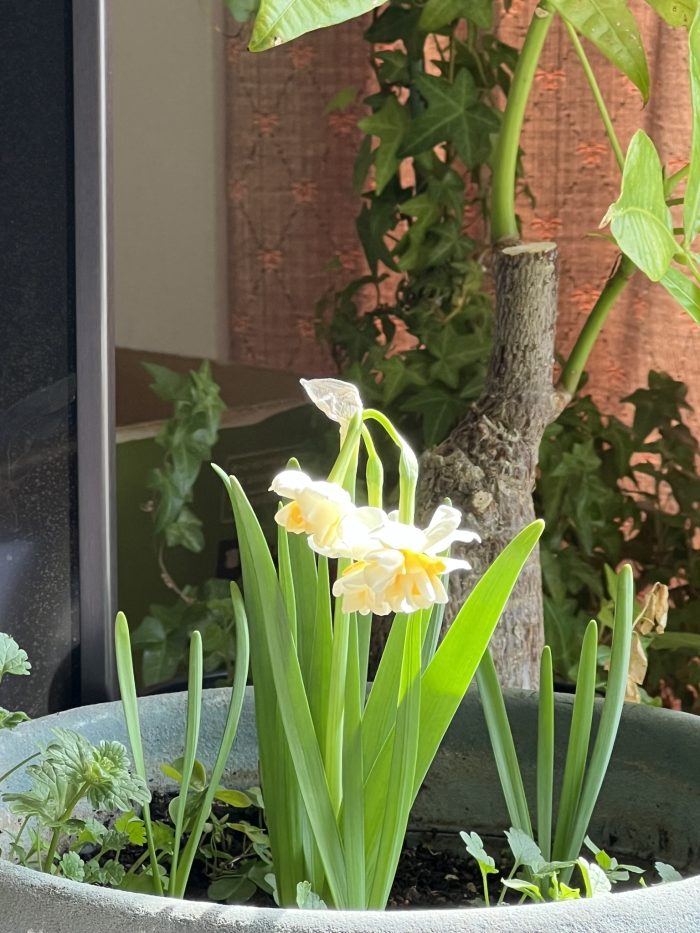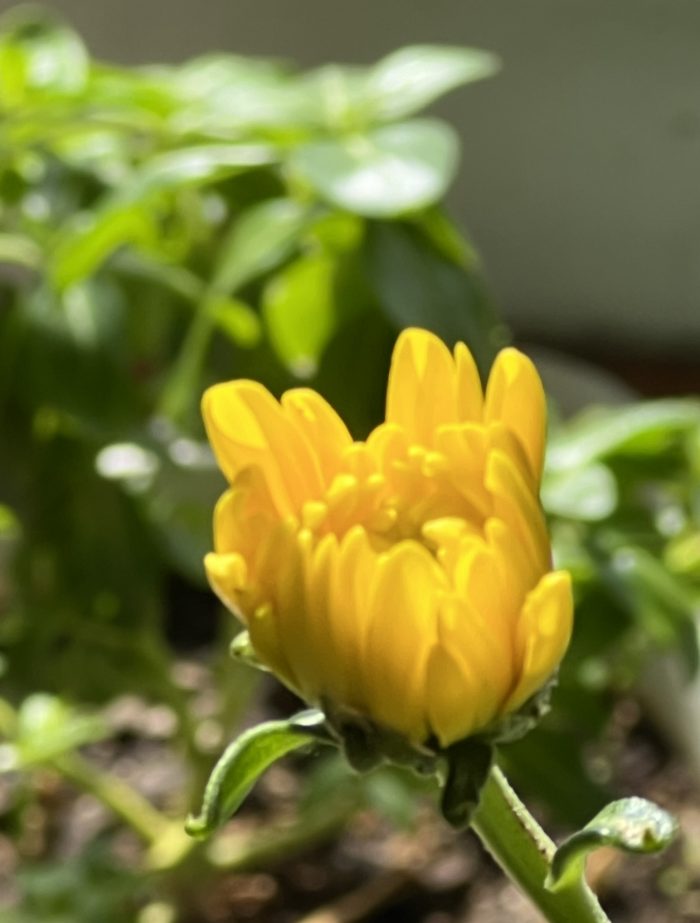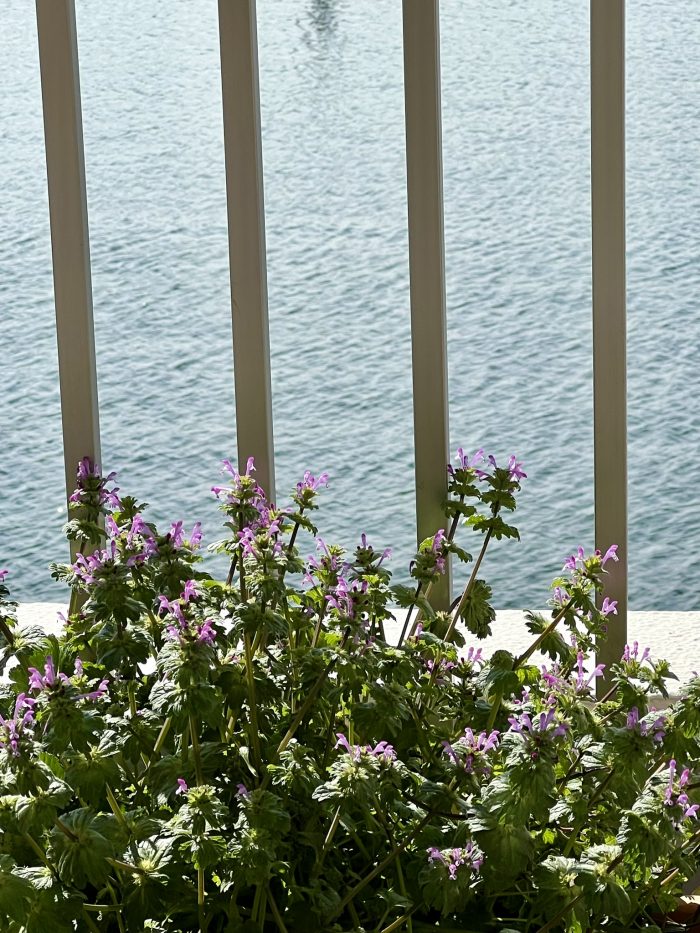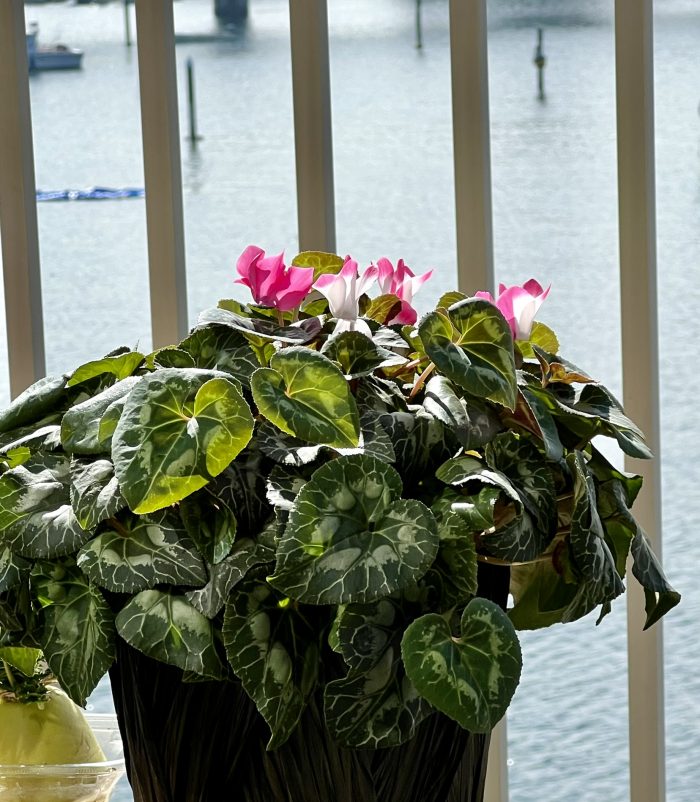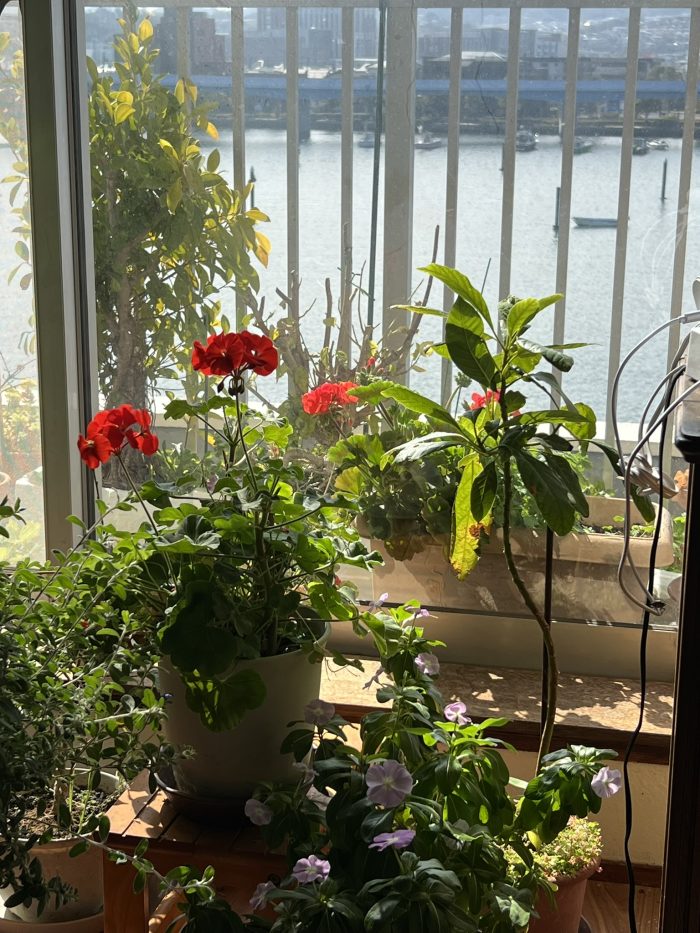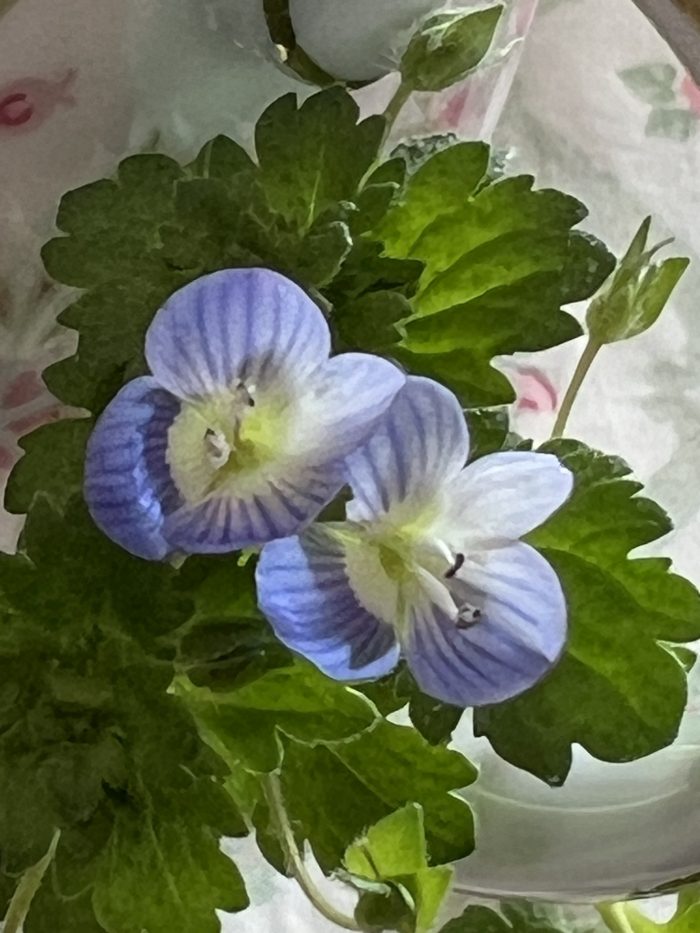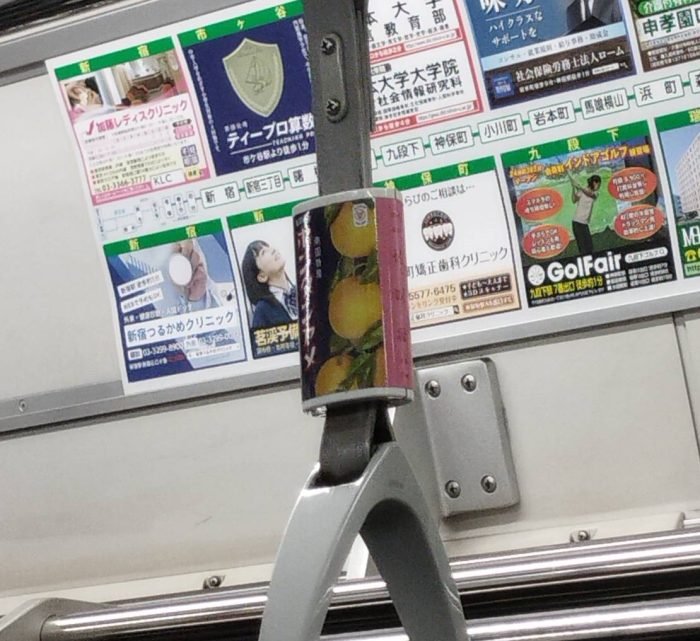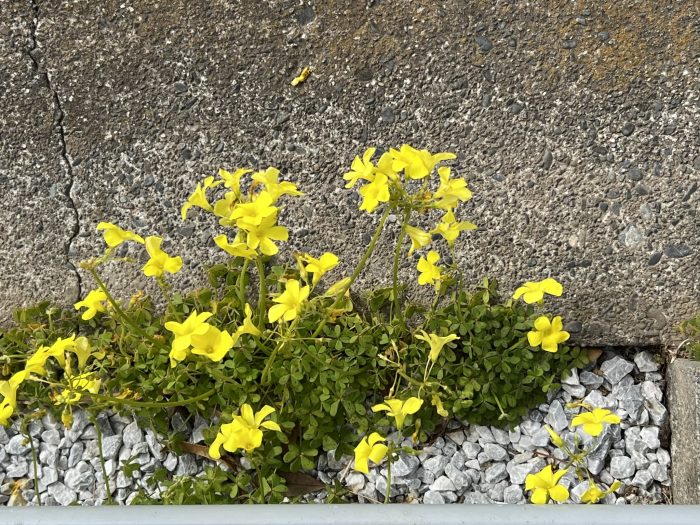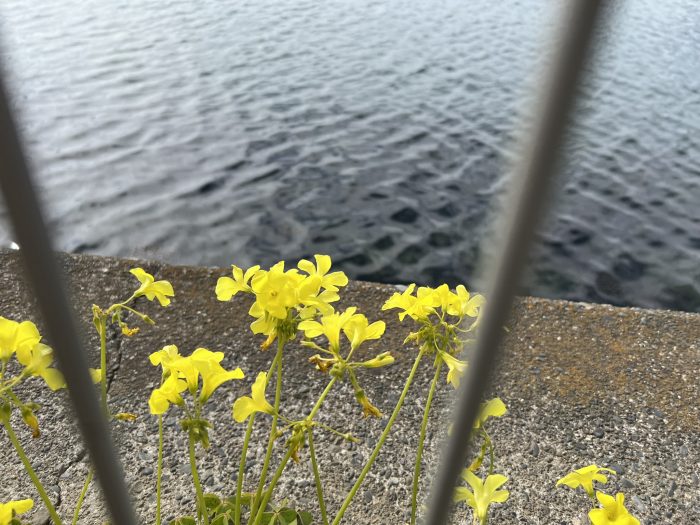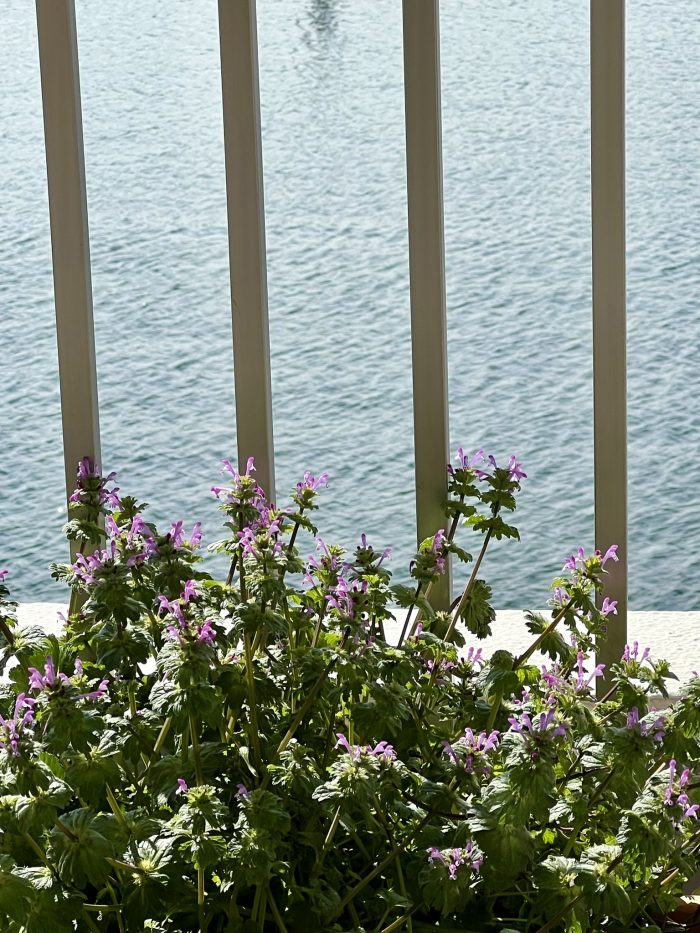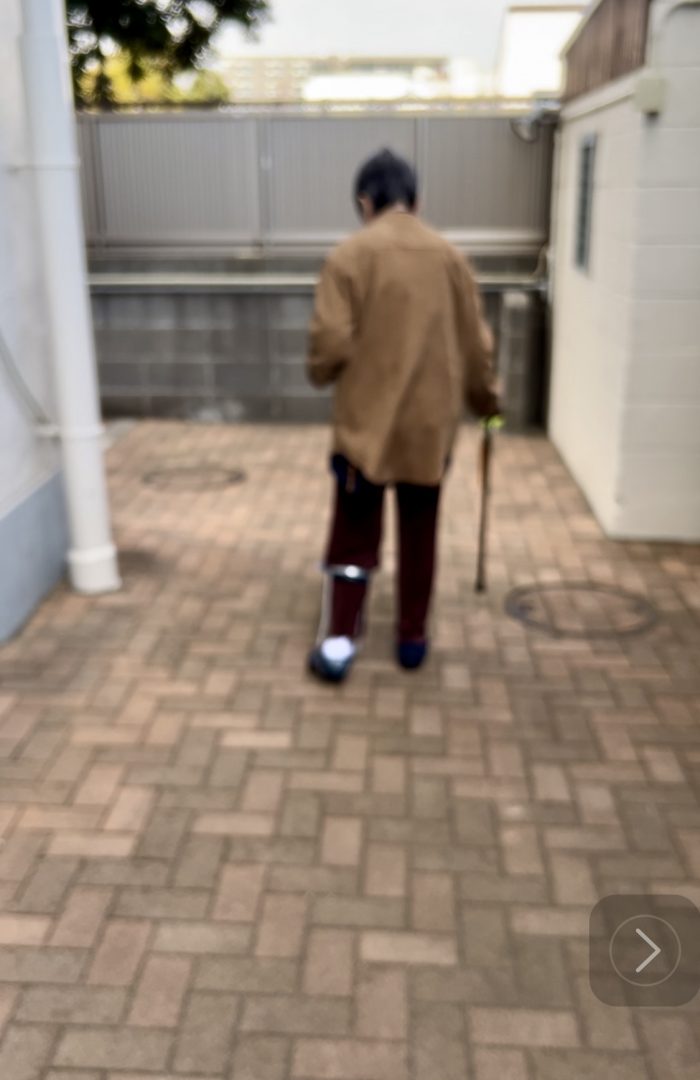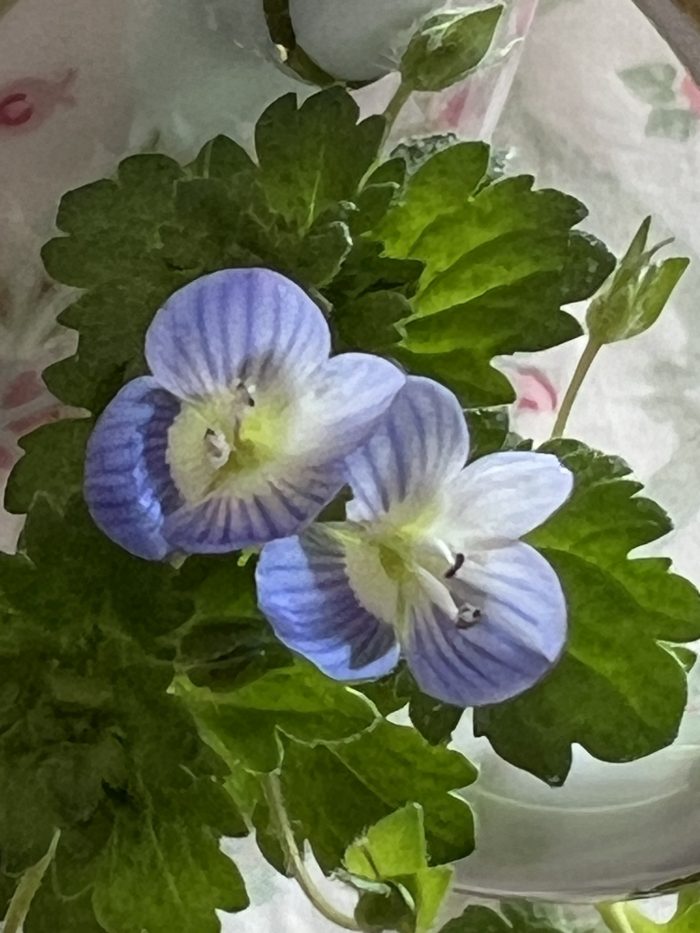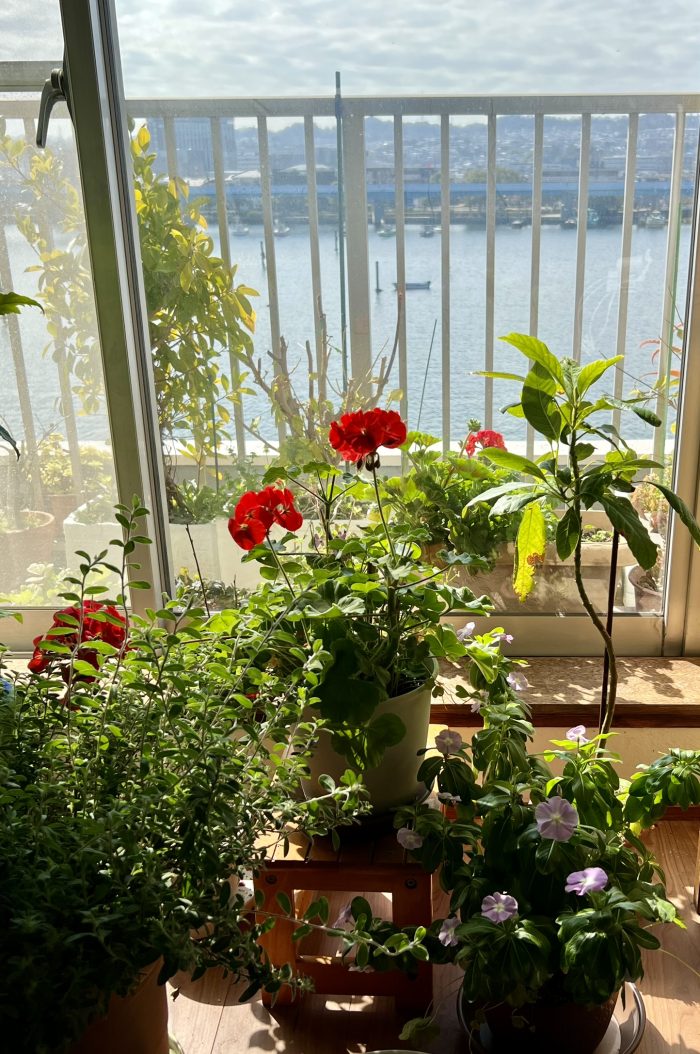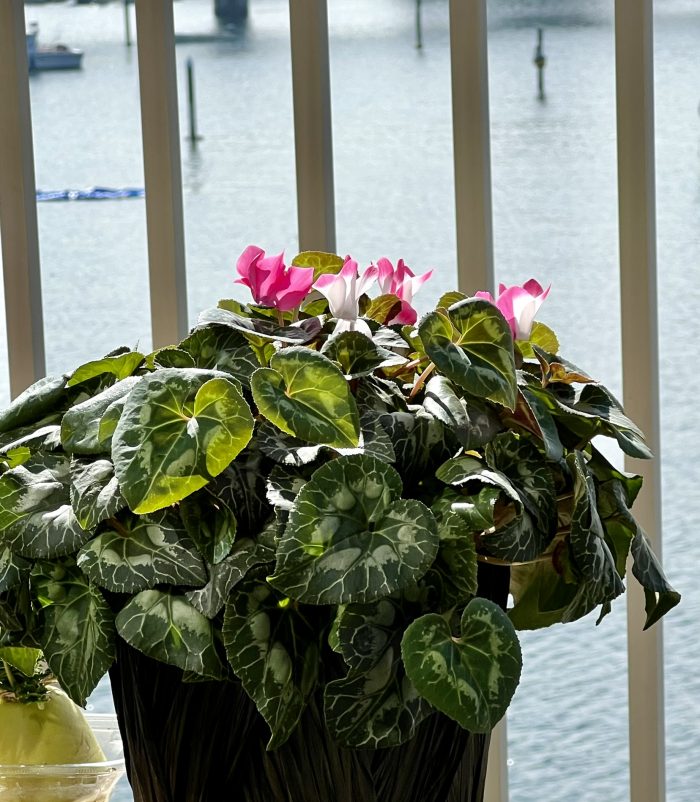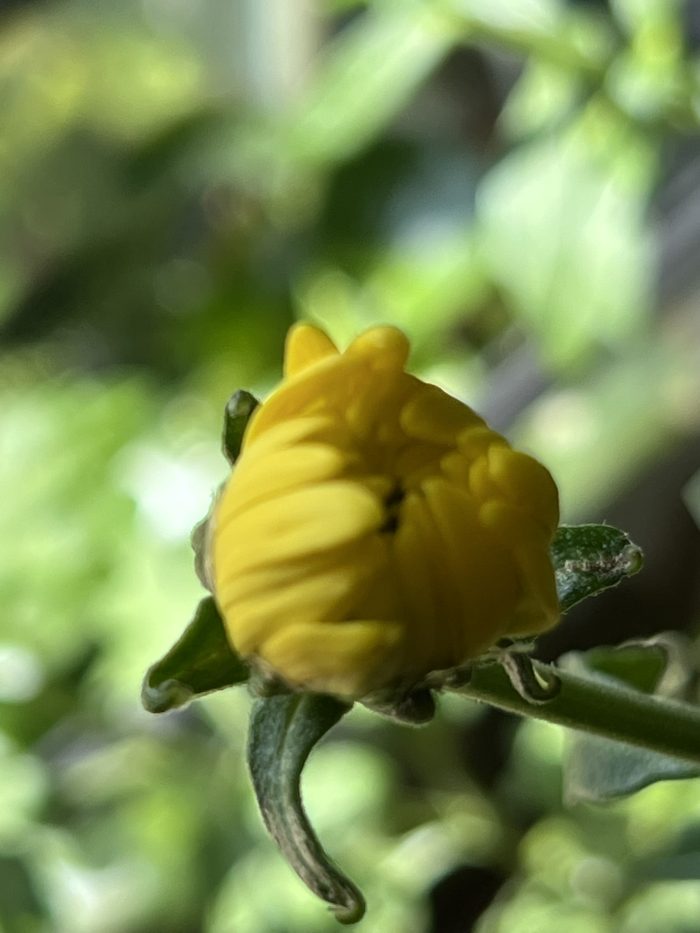♪Эх, дороги 「道」
4/10 音声とカタカナ発音付き楽譜 ★ロシア語の読み方:基礎 ◆ロシア語歌詞発音サイト ★6/22「講義」メモ ★カチューシャ
3/23 Belly Danceの後、こちらに向かうことになった。希望を出したのはもちろん私!「(友人へのメールより)今日は4人きてくれて、ベリーダンスと歌をちょっと歌いました。外語大ロシア語科の人が今度「道」をロシア語で歌ってくれることになりました♪私が好きなので、頼んだのですが。早くて今年の秋、多分来年かなぁ?」
オシャーニン(Л. И. Ошанин)作詞、ノヴィコフ(А. Г. Новиков)作曲により、1945年の戦勝記念コンサート『Весна победная(勝利の春)』での演奏のため作られた戦争歌謡。対独戦をテーマにしたロシア映画「勝利の春」(1945年)の挿入歌
映像はロシアのバリトン歌手、ディミトリー・ホロストフスキー(Дмитрий Хворостовский Dmitry Hvorostovsky)の、2015年5月9日の戦勝記念日コンサートより。
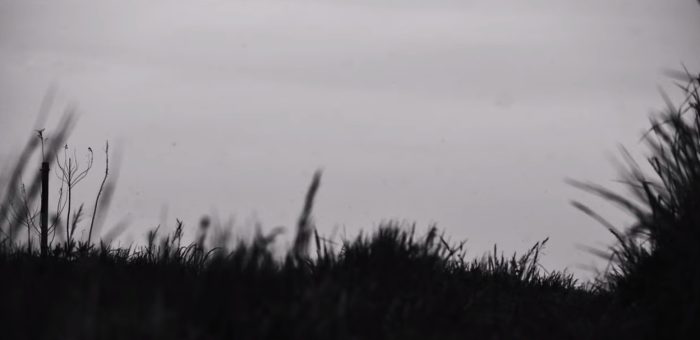
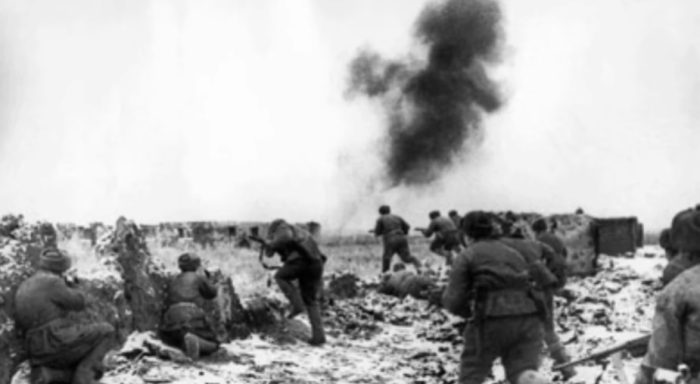
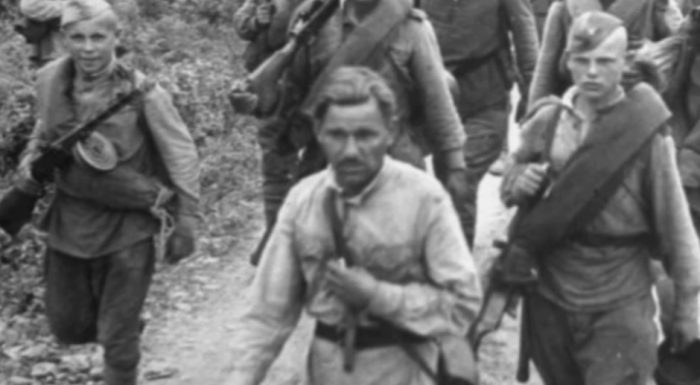



Ex darogi 歌ってみた 6/20 音が下がらなくなった(media file)

Эх, дороги, пыль да туман, Холода, тревоги, да степной бурьян. Знать не можешь доли своей, Может, крылья сложишь посреди степей. Вьётся пыль под сапогами, степями, полями, А кругом бушует пламя, да пули свистят.

Russian STasha sings a Russian folk song “Эх, дороги (Dorogi)”.
| Эх, дороги, пыль да туман, Холода, тревоги, да степной бурьян. Знать не можешь доли своей, Может, крылья сложишь посреди степей. Вьётся пыль под сапогами, степями, полями, А кругом бушует пламя, да пули свистят. | おお道よ 砂塵と霧よ 寒く心細い 荒野の草むらよ 明日は分からぬ この身の上 せめて 翼休めよう 荒野のただ中に 砂塵は舞う 軍靴に 荒野に 草原に 辺りには 炎荒れ狂い 弾丸が 風切る |
| Эх, дороги, пыль да туман, Холода, тревоги, да степной бурьян. Выстрел грянет, ворон кружит, Твой дружок в бурьяне неживой лежит. А дорога дальше мчится, пылится, клубится, А кругом земля дымится, чужая земля. | おお道よ 砂塵と霧よ 寒く心細い 荒野の草むらよ 銃声が響き 鴉が 空を廻る 友は 草の中 屍をさらす 道は 彼方へつづく 砂塵 巻き上げ 大地は 煙上げる 異国の大地は |
| Эх, дороги, пыль да туман, Холода, тревоги, да степной бурьян. Край сосновый, солнце встаёт, У крыльца родного мать сыночка ждёт. И бескрайними путями, степями, полями Всё глядят вослед за нами родные глаза. Эх, дороги, пыль да туман, Холода, тревоги, да степной бурьян. | おお道よ 砂塵と霧よ 寒く心細い 荒野の草むらよ 松林の果てに 陽は昇り 懐かしい戸口に 母は息子を待っている 果てしなき旅路に 荒野に草原に 彼らの背を いつも見つめる 懐かしい瞳 おお道よ 砂塵と霧よ 寒く 心細い 荒野の草むらよ |
| Эх, дороги, エフダ | ああ、道路、 | *** | посреди степей. パスリチェ | 草原の真ん中で |
| пыль да туман, | 埃と霧、 | Вьётся | 渦を巻き (カールし) | |
| Холода, тревоги, ハラダ | 寒さ、不安、 | пыль | 塵が | |
| да степной бурьян. | そして草原の雑草 | под (下)сапогами | ブーツの下で、 | |
| Знать не можешь ズナーチェニ | あなた知ることはできませんが | степями, полями, | 草原、野原 | |
| доли своей, | 自分の取り分を | А кругом | そして周りすべて | |
| Может, モジェト | たぶん | бушует пламя, | 炎が燃え盛っている | |
| крылья сложишь | 翼を折りたたむかもしれません | да пули свистят. | そう、弾丸が笛を吹いている |

ロシア語歌詞発音サイト paper PDF
| Эх, дороги… Пыль да туман, Холода, тревоги Да степной бурьян. Знать не можешь Доли своей, Может, крылья сложишь Посреди степей. Вьется пыль под сапогами степями, полями. А кругом бушует пламя Да пули свистят. | Eh, dorogi… Pyl da tuman, Kholoda, trevogi Da stepnoj burian. Znat ne mozhesh Doli svoej, Mozhet, krylia slozhish Posredi stepej. Vetsia pyl pod sapogami stepiami, poliami. A krugom bushuet plamia Da puli svistiat. |
| Эх, дороги… Пыль да туман, Холода, тревоги Да степной бурьян. Выстрел грянет, Ворон кружит: Твой дружок в бурьяне Неживой лежит… А дорога дальше мчится, пылится, клубится, А кругом земля дымится Чужая земля. | Eh, dorogi… Pyl da tuman, Kholoda, trevogi Da stepnoj burian. Vystrel grianet, Voron kruzhit: Tvoj druzhok v buriane Nezhivoj lezhit… A doroga dalshe mchitsia, pylitsia, klubitsia, A krugom zemlia dymitsia Chuzhaia zemlia. |
| Эх, дороги… Пыль да туман, Холода, тревоги Да степной бурьян. Край сосновый. Солнце встает. У крыльца родного Мать сыночка ждет. И бескрайними путями, степями, полями Всё глядят вослед за нами Родные глаза. | Эх, дороги… Пыль да туман, Холода, тревоги Да степной бурьян. Kraj sosnovyj. Solntse vstaet. U kryltsa rodnogo Mat synochka zhdet. I beskrajnimi putiami, stepiami, poliami Vsio gliadiat vosled za nami Rodnye glaza. |
| Эх, дороги… Пыль да туман, Холода, тревоги Да степной бурьян. Снег ли, ветер, – Вспомним, друзья! Нам дороги эти Позабыть нельзя. | Eh, dorogi… Pyl da tuman, Kholoda, trevogi Da stepnoj burian. Sneg li, veter, – Vspomnim, druzia! Nam dorogi ehti Pozabyt nelzia. |
Transcription/Markup: Liviu Iacob, 2008/Source: SovMusic

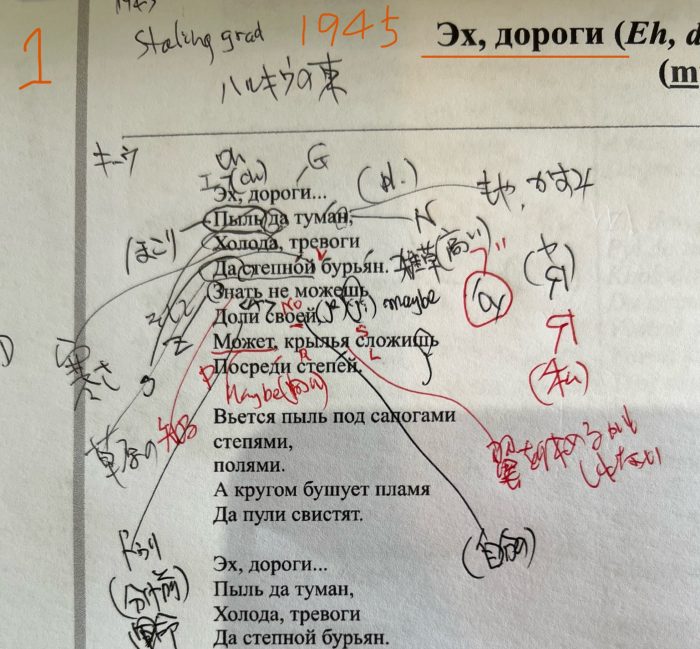
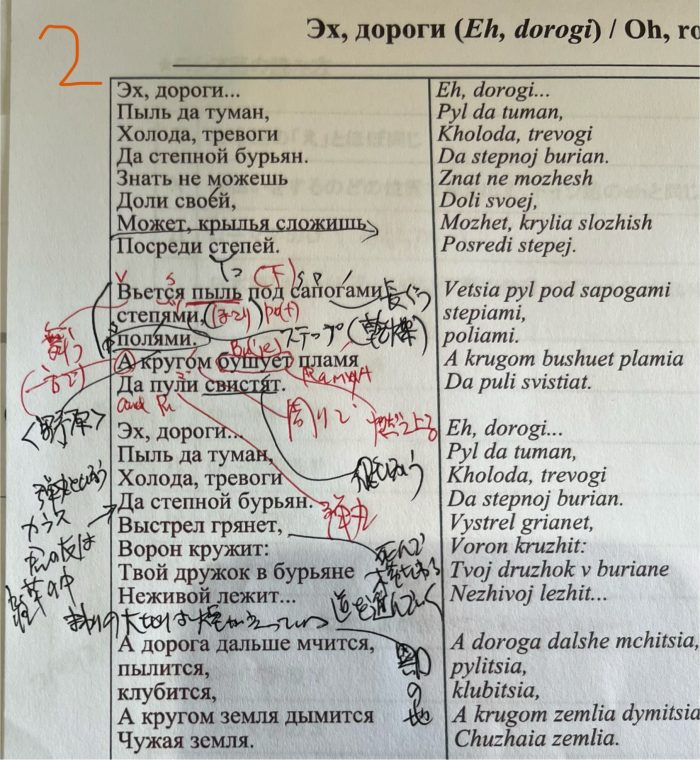
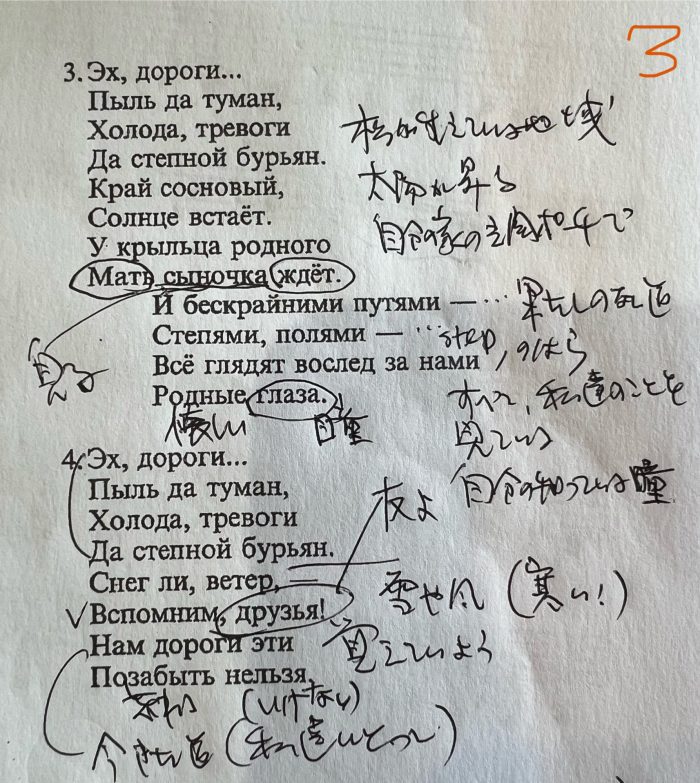
スターリングラードの戦い(NHK)ドイツ軍は1941年6月に独ソ不可侵条約を破ってソ連に電撃侵攻。南部から北カフカス地域までを占領し、42年夏から要衝スターリングラードの攻略を開始した。(共同)
黒海とカスピ海の間に東西に延びるカフカス山脈沿いの地帯。18世紀以来ロシアの南下政策が及び、20世紀初めにソ連邦の一部を形成する。1991年のソ連崩壊後、ジョージア、アゼルバイジャン、アルメニアが独立。コーカサス山脈北側のロシア領でもチェチェンが分離独立を求めるなど、民族混在域であるため紛争が多発している。
コーカサス地方ともいう。カフカス山脈の最高峰は5642mのエルブルース山。山脈の南側をザカフカース(ロシア語で「コーカサスの南」の意味)といい、そこにはグルジア(現在はジョージアと表記)、アルメニア、アゼルバイジャンの三国がある。カフカス山脈北側は現在はロシア連邦に属するが、チェチェン人などの激しい独立運動が起こっている(チェチェン紛争)
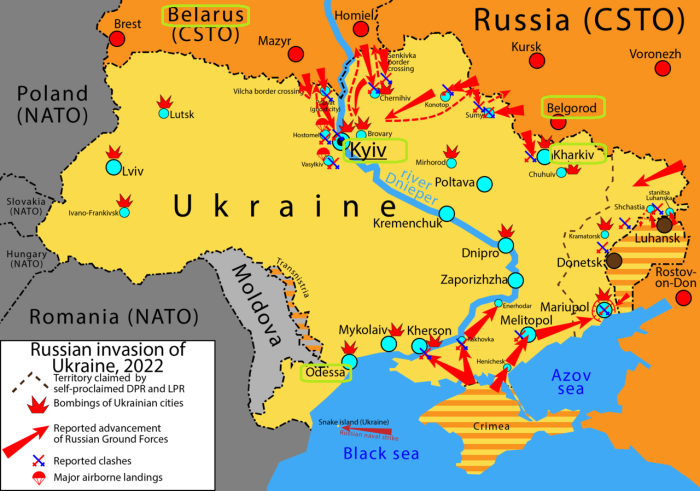
| Э | 日本語の「え」とほぼ同じ |
| Х | 咳払いをするのどの位置で息を出す ドイツ語のchと同じような音 |
| Д | ローマ字のD |
| О | 日本語「お」より「う」に近い位置で発音、アクセントがない時は「あ」に近い音で発音 |
| Р | ローマ字の巻き舌R |
| Г | ローマ字のG |
| П | ローマ字のP |
| Ы | 口の奥で「うぃ」 |
| Л | ローマ字のL |
| Е | 「いぇー」 上に2つ点が付いているのは「よぉー」 |
| В | ローマ字のV |
| С | ローマ字のS |
| Н | ローマ字のN |
| Б | ローマ字のB |
| Я | 「やー」 「ブーリャン」は雑草という意味でした。 |
| З | ローマ字のZ |
| Ж | フランス語のJeに近い有声音 |
| Ш | フランス語のJeに近い無声音 |
| Ч | 「ちぇ」 チャイの最初の音 |
| Ц | 「つ」 |

| 咲き誇る林檎と梨の花 川面にかかる朝靄 若いカチューシャは歩み行く 霧のかかる険しく高い河岸に | カチューシャは歌い始めた 誇り高き薄墨色の鷲の歌を 彼女が深く愛する青年の歌 大事に持ってる彼からの手紙 |
| Расцветали яблони и груши, Поплыли туманы над рекой; Выходила на берег Катюша, На высокий берег, на крутой. | ラースツヴィターリ ヤーブラニ イ グルーシ パプルィーリ トゥマヌイ ナドリェコーイ ※ヴィハジーラ ナビェリェーグ カチューシャ ナー ヴィソーキー ベリェク ナクルトーイ |
| Выходила, песню заводила Про степного, сизого орла, Про того, которого любила, Про того, чьи письма берегла. | ヴィハジーラ ピェースニュ ザヴァジーラ プラスチェノーヴァ シーザヴァ アルラー ※プラタヴォー カターローヴァ リュビーラー プラタヴォー チイ ピシマ ビリェグラー |
| Ой, ты песня, песенка девичья, Ты лети за ясным солнцем вслед, И бойцу на дальшем пограничье От Катюши передай привет. | オイ トゥィ ピェースニャ ピェーセンカ ジェヴィーチャ トゥィ リェチー ザヤスヌィム ソンツェム フスリェー ※イ バイツー ナ ダーリシェム パグラニーチェ アッ カチューシ ピリェーダイ プリヴェート |
| Пусть он вспомнит девушку простую, И услышить, как она поет, Пусть он землю бережет родную, А любовь Катюша сбережет. | プスチ オン フスポームニト ジェーヴシク プラストゥーユ ※イー ウスルィーシチ カカァナ パヨート プスチ オン ゼムリュ ベリェジョート ラドヌーユ ア リュボーフィ カチューシャ ズベリジョート |
| Расцветали яблони и груши, Поплыли туманы над рекой; Выходила на берег Катюша, На выходила берег на крутой. | ラースツヴィターリ ヤーブラニ イ グルーシ パプルィーリ トゥマーヌイ ナドリェコーイ ※ヴィハジーラ ナビェリェー カチューシャ ナー ヴィソーキー ベーリェク ナクルトーイ |
“Очи чёрные”



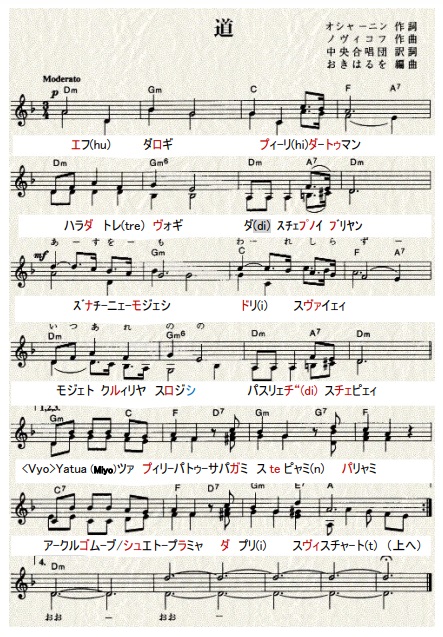
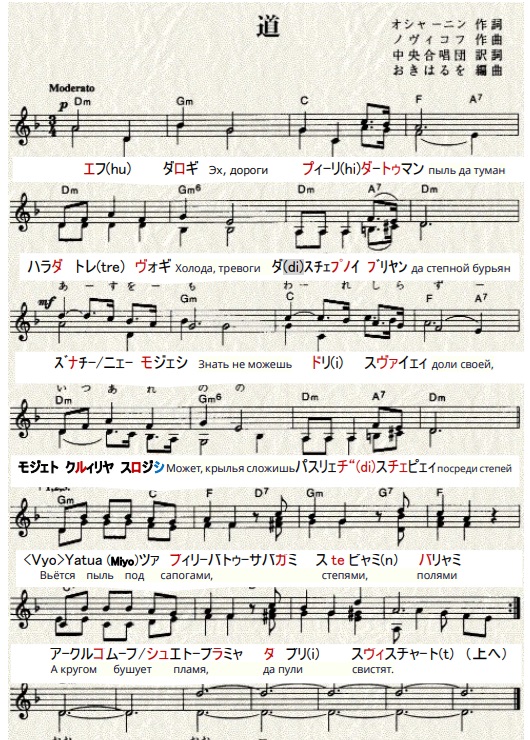

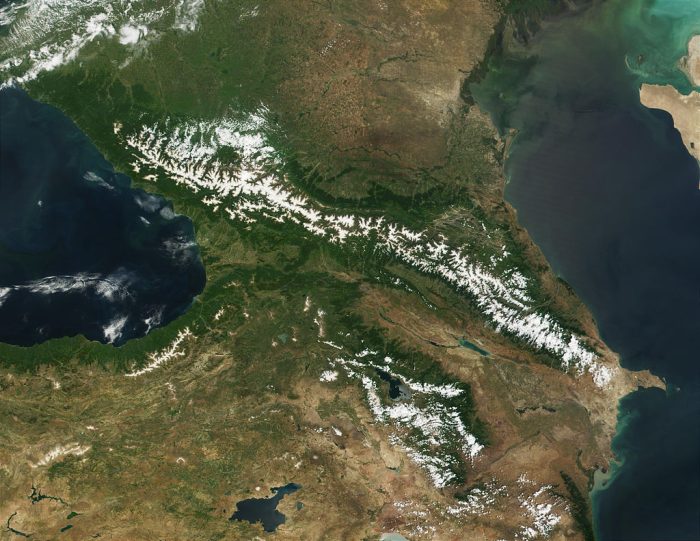
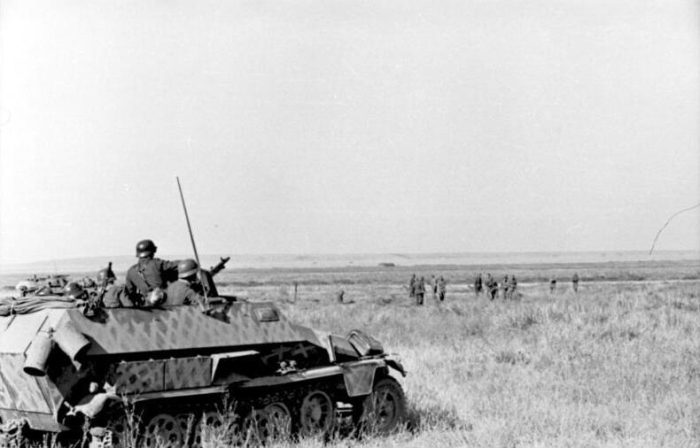
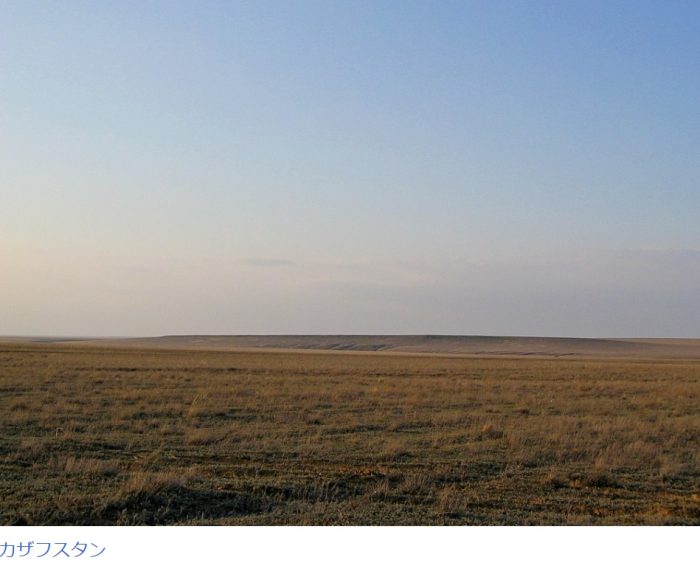
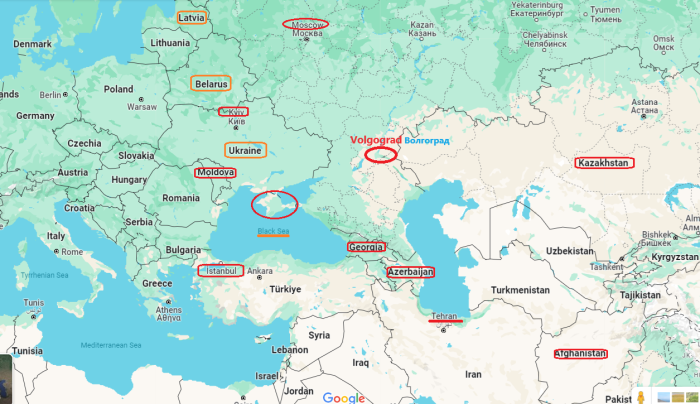
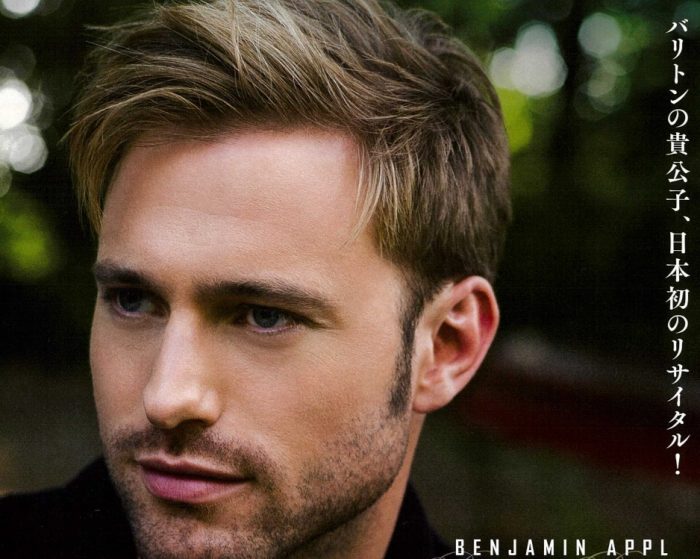

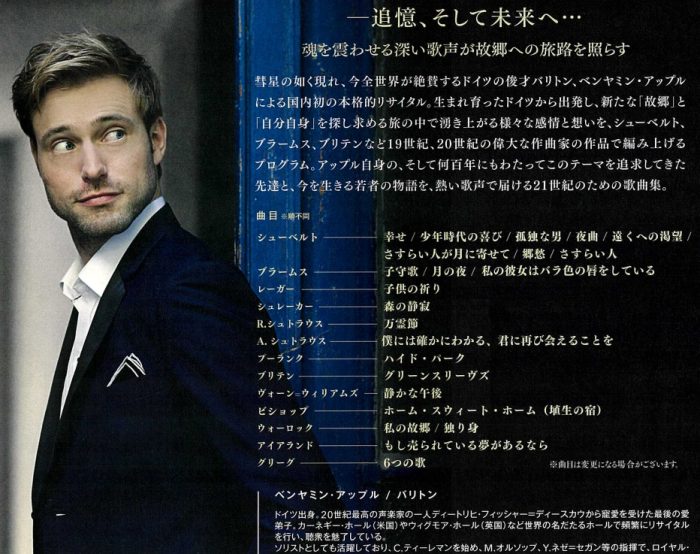
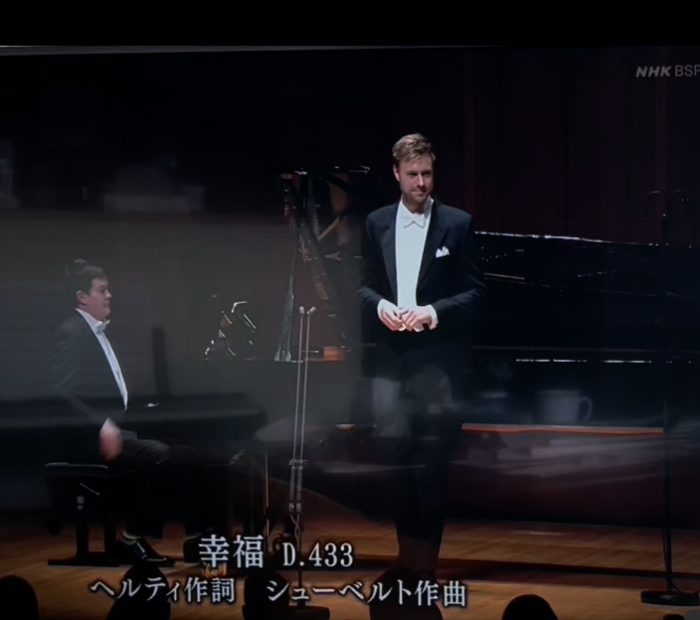
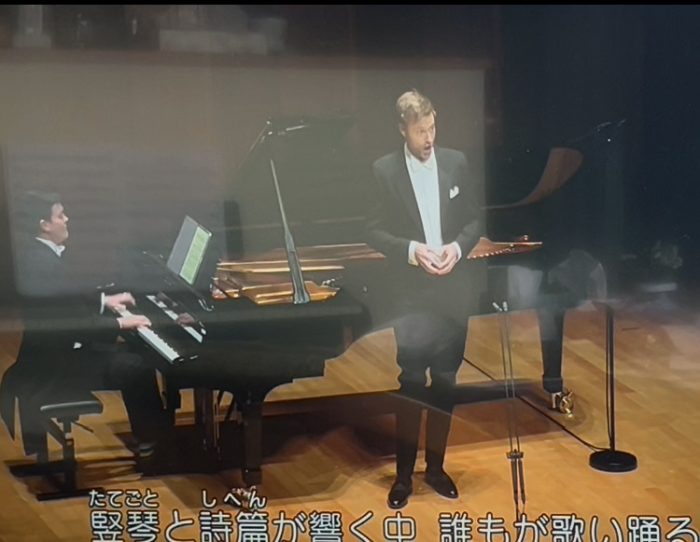
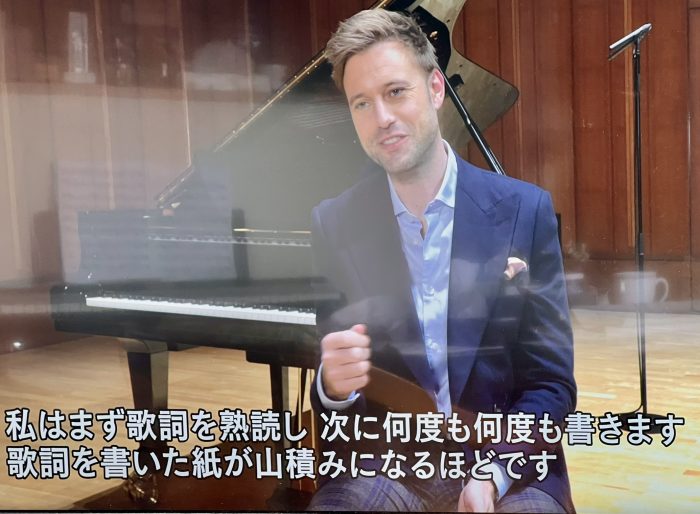
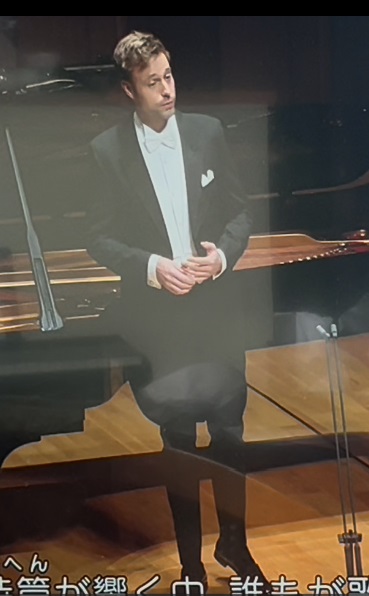
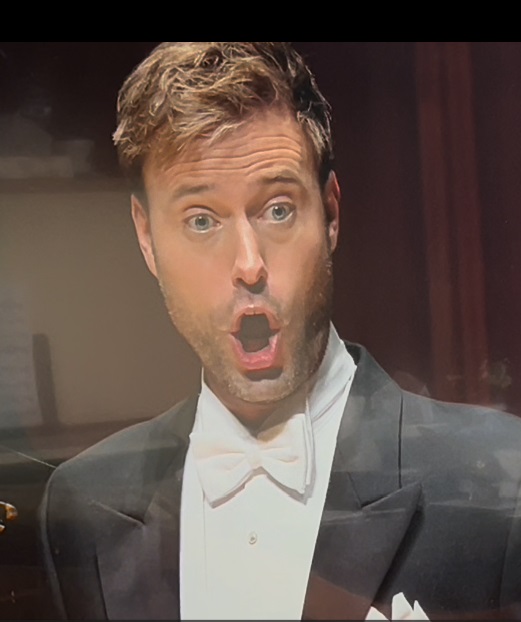


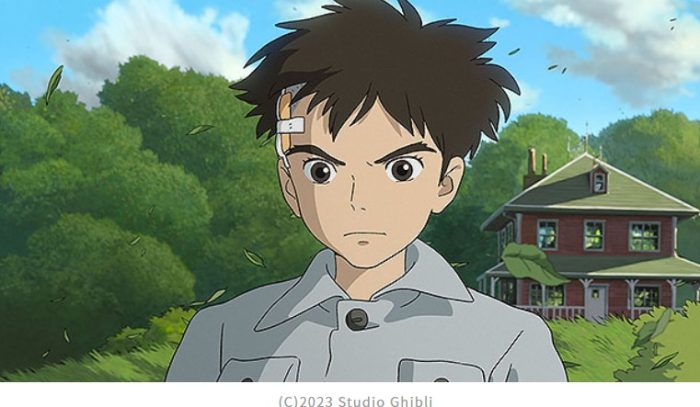
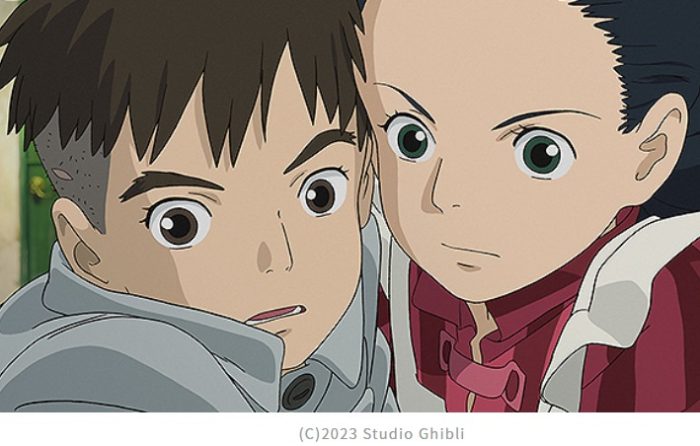
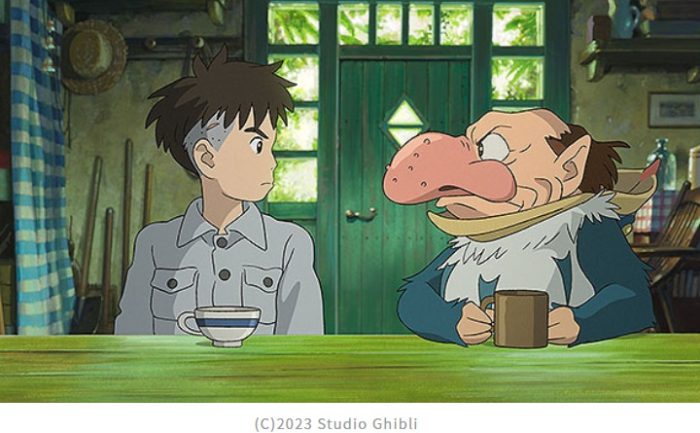
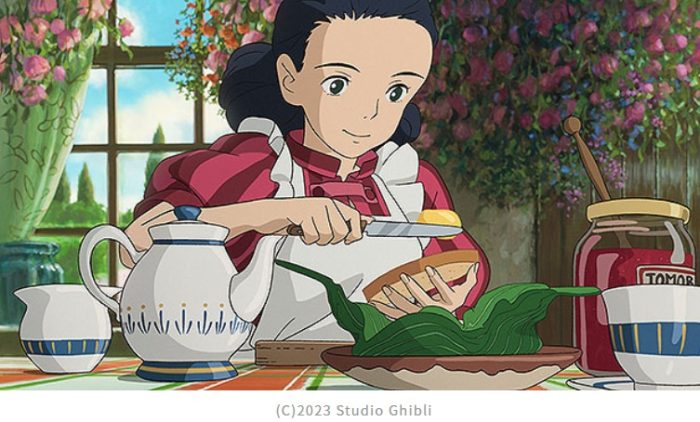
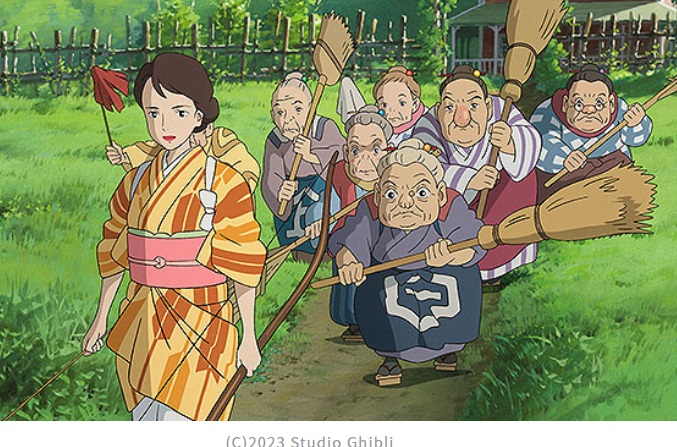
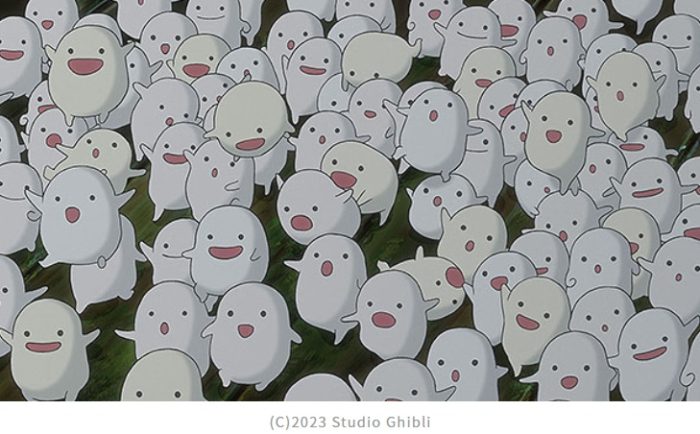
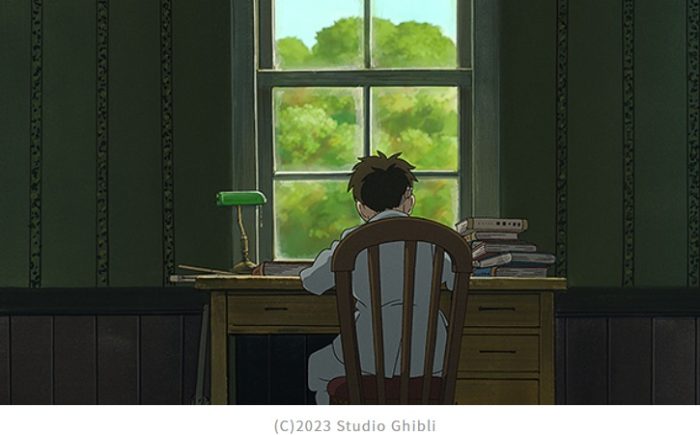
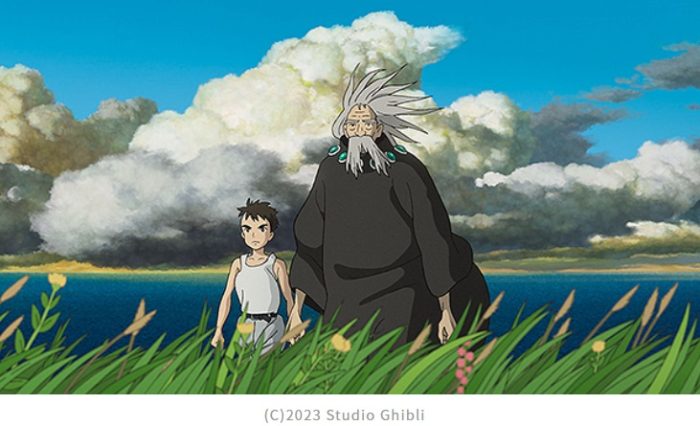
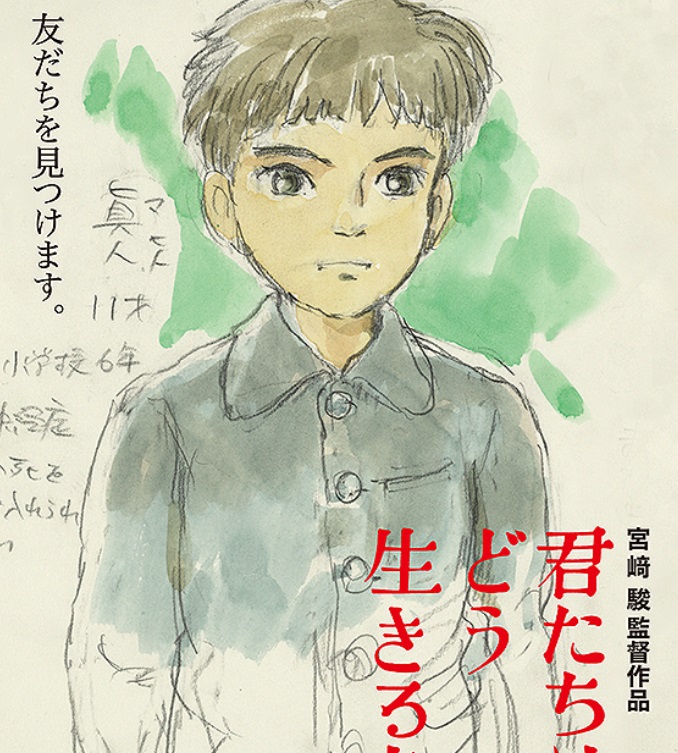
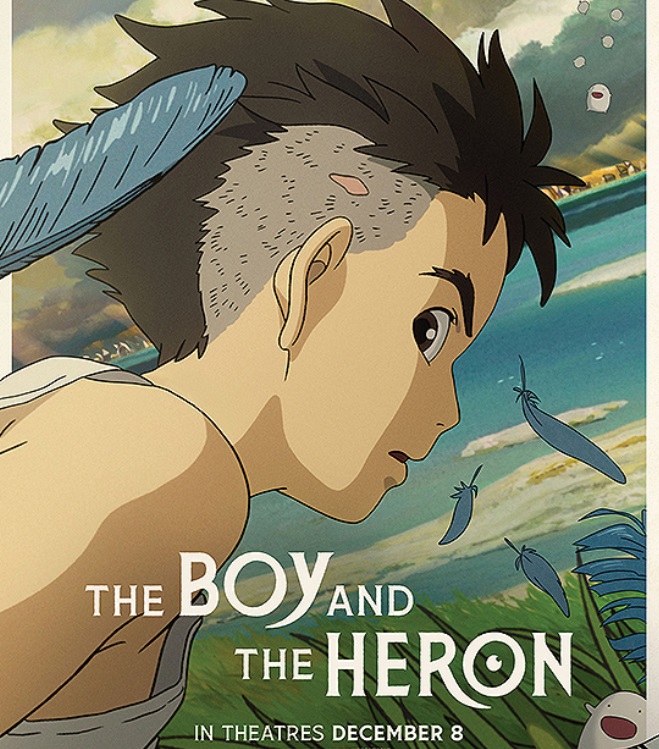
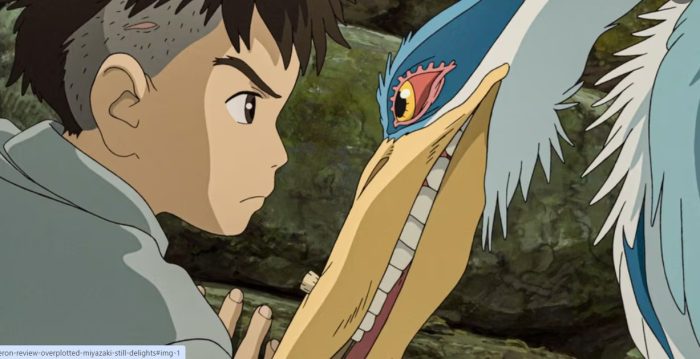


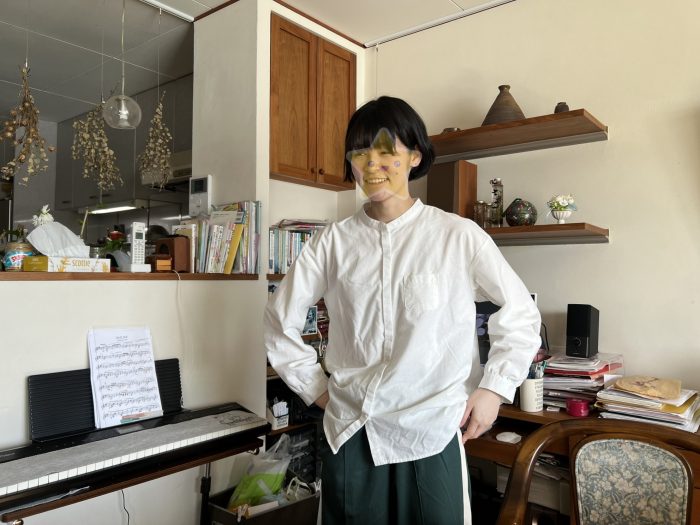
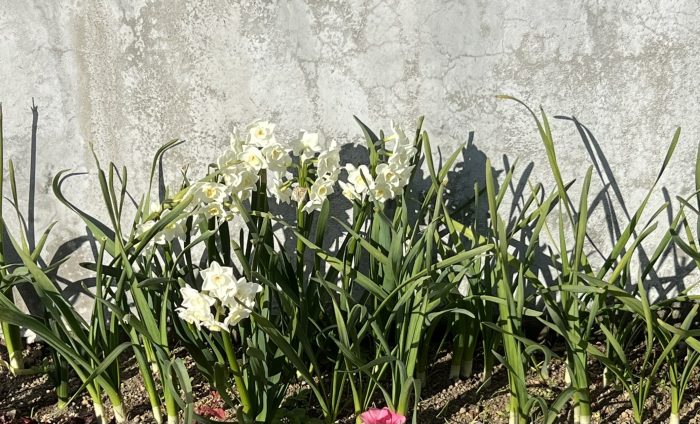



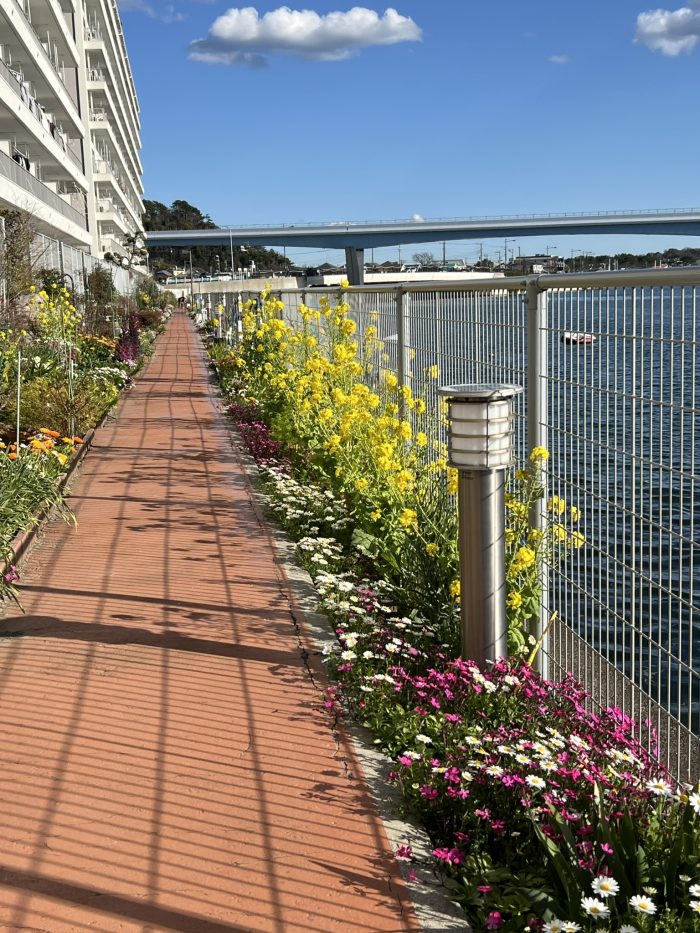













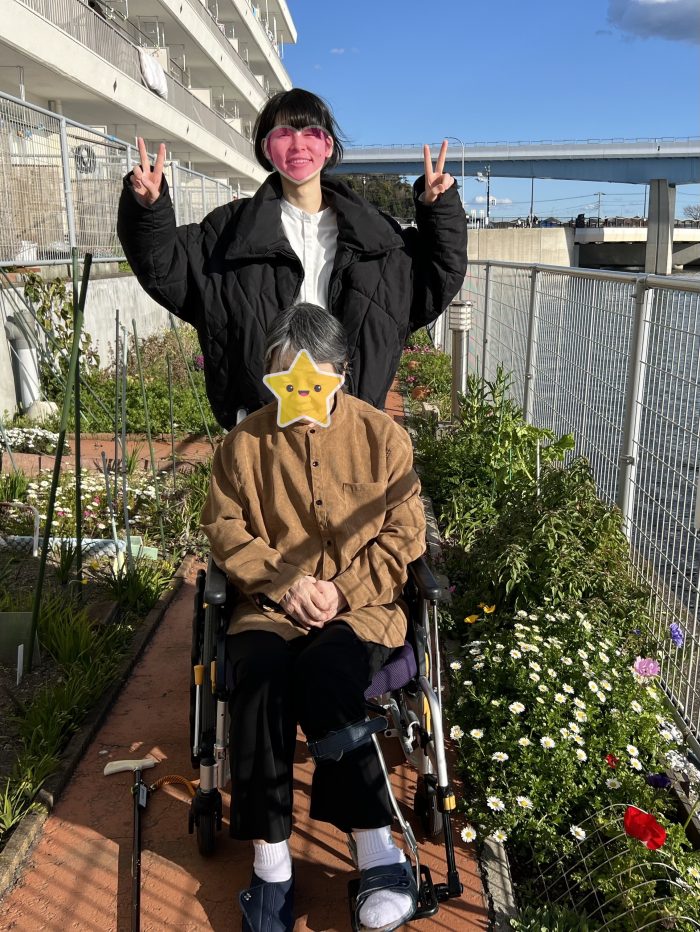




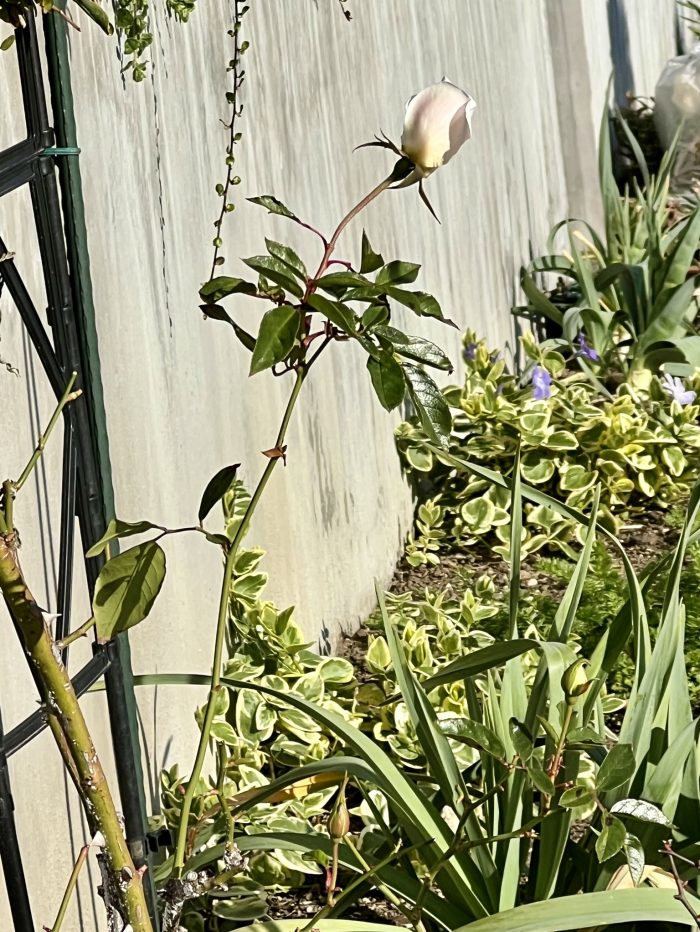




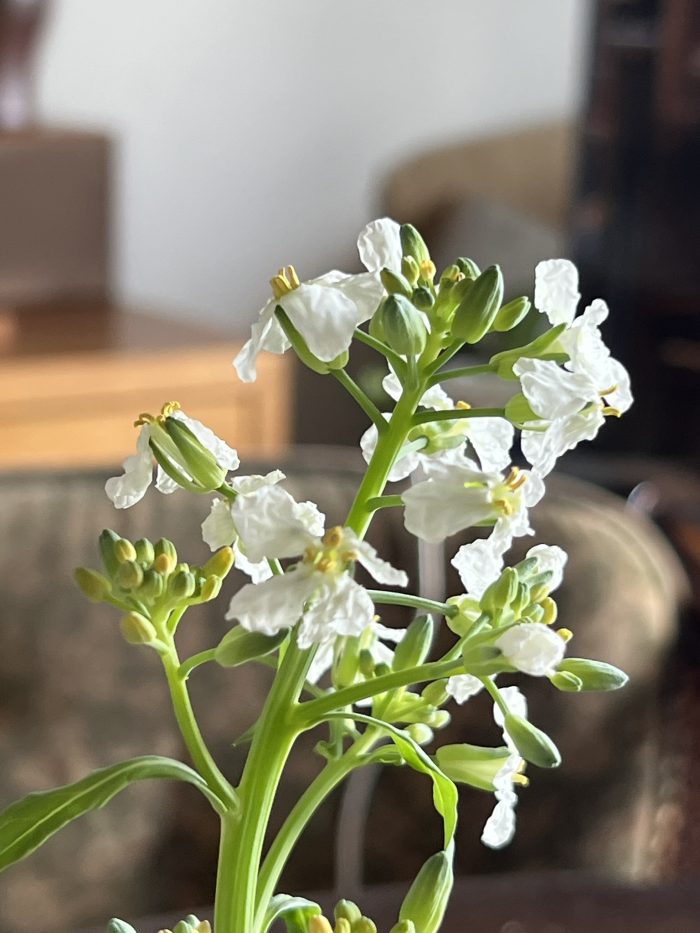
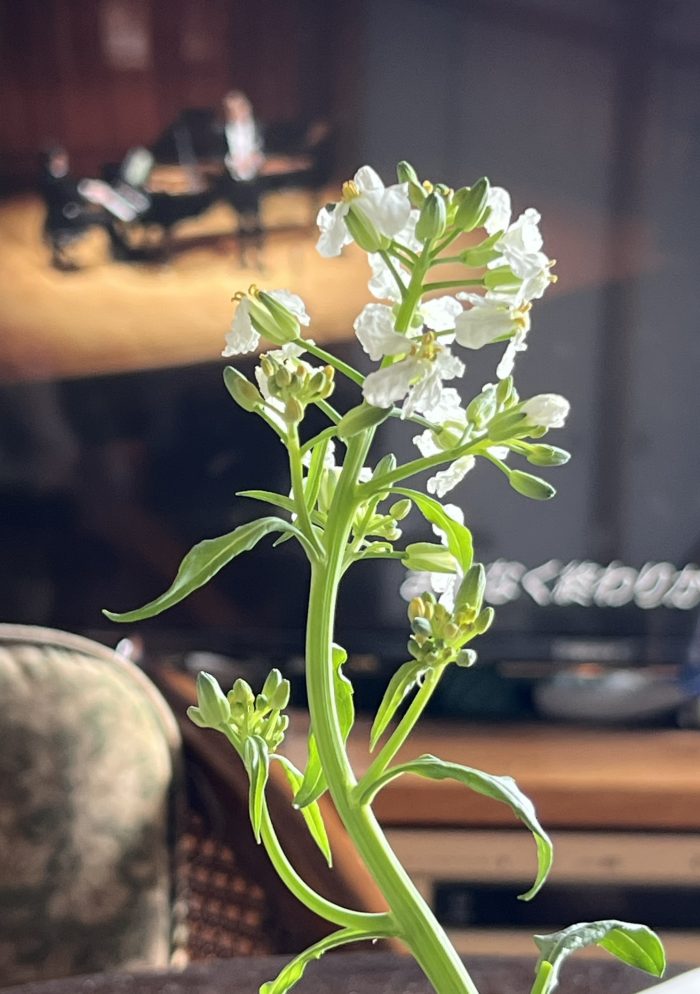
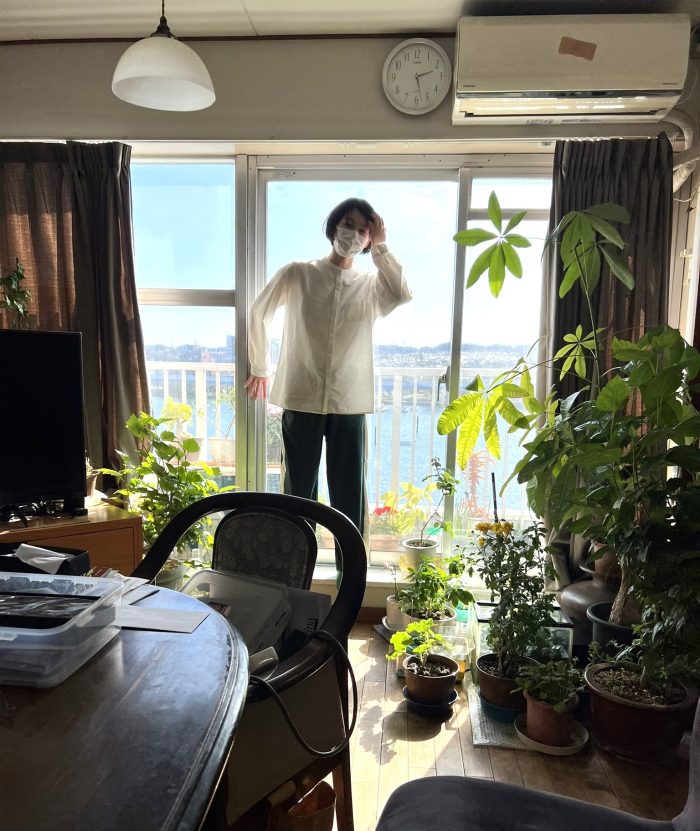
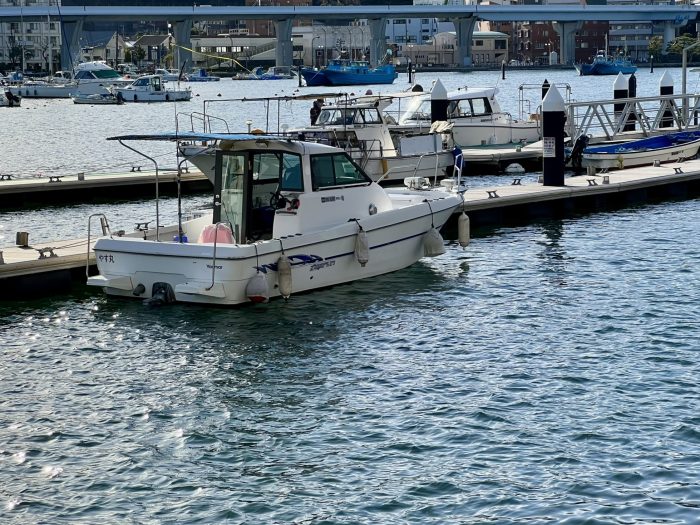
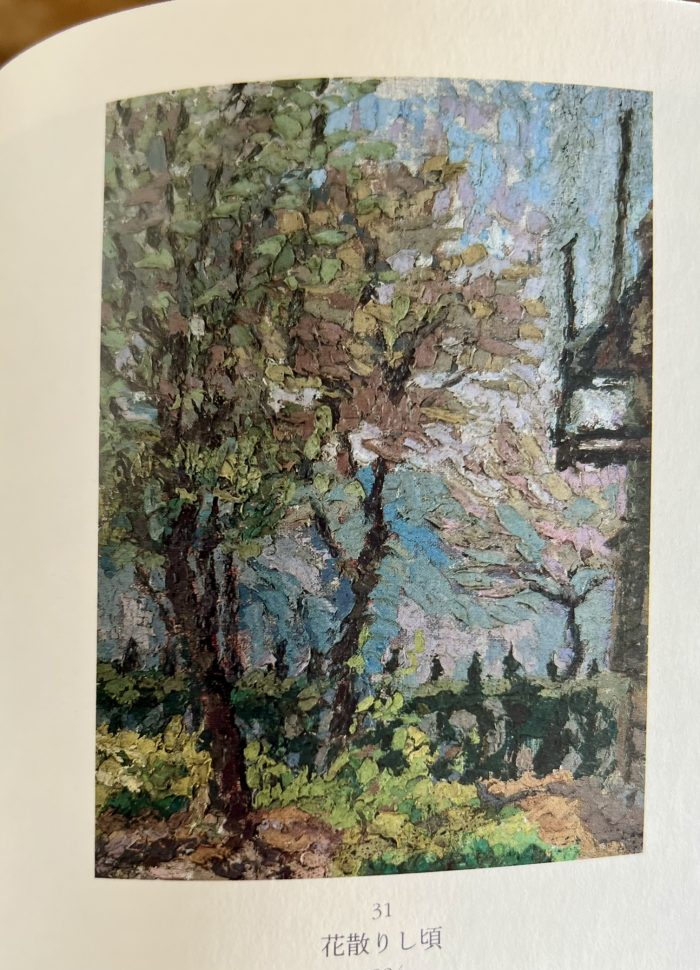
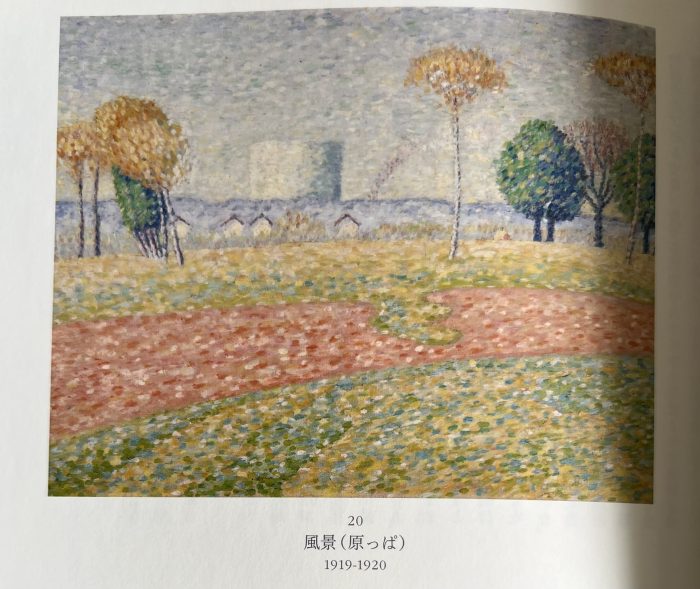
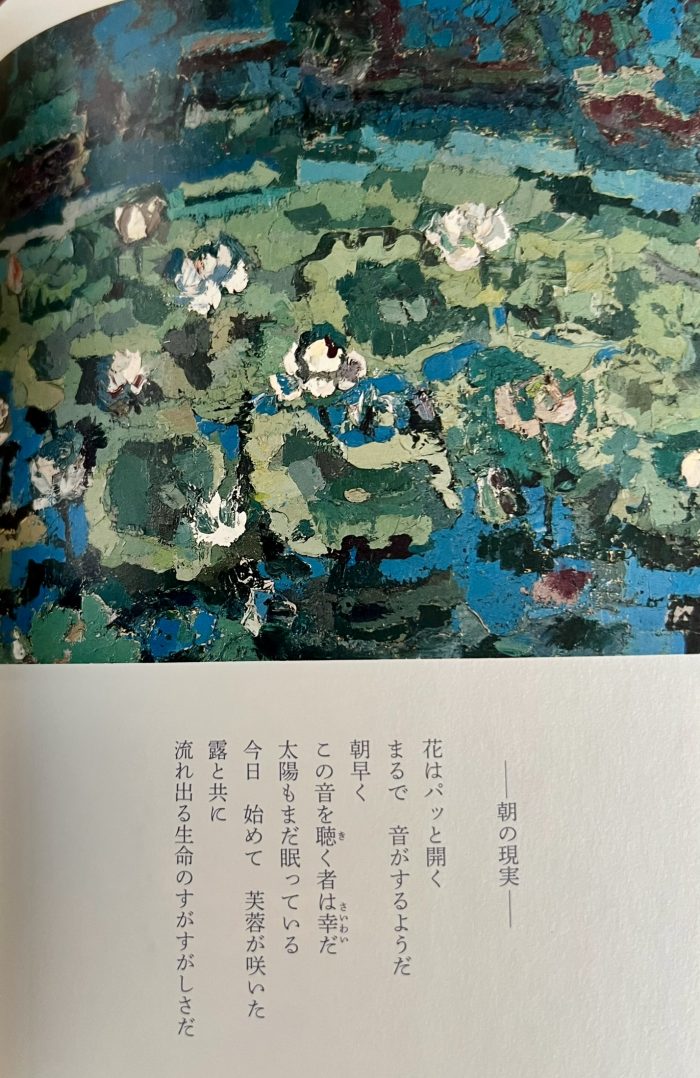
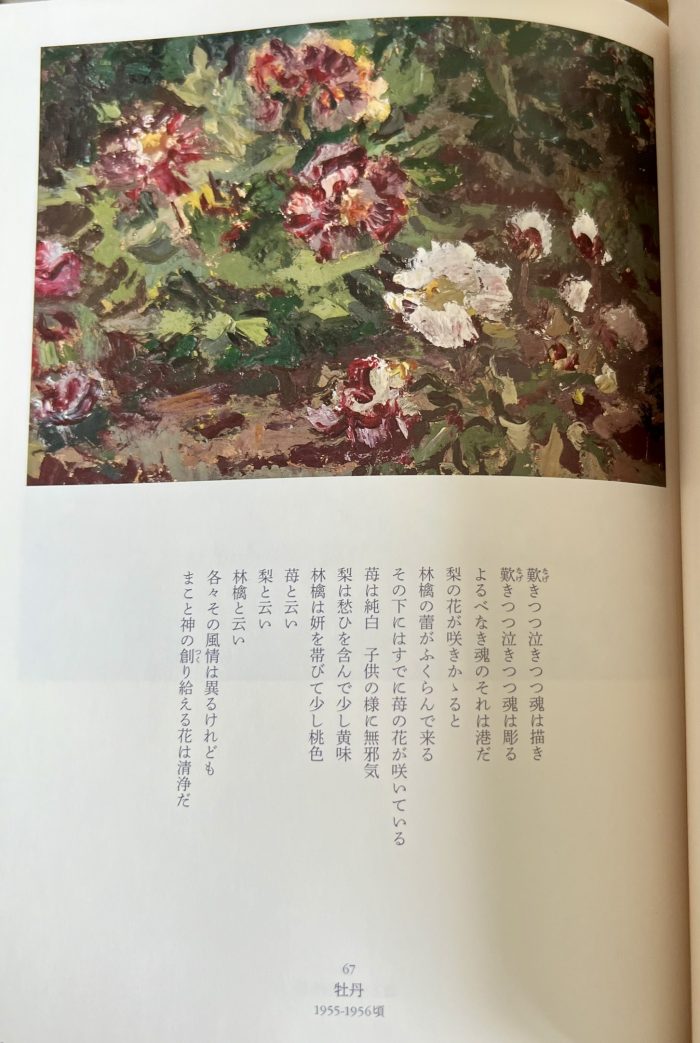
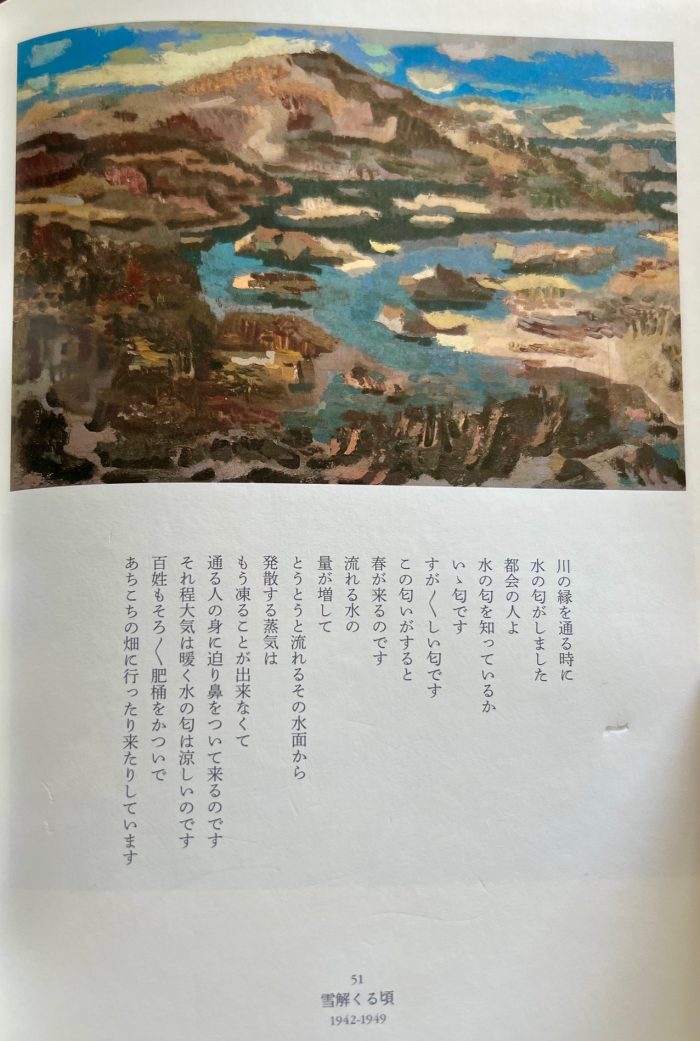
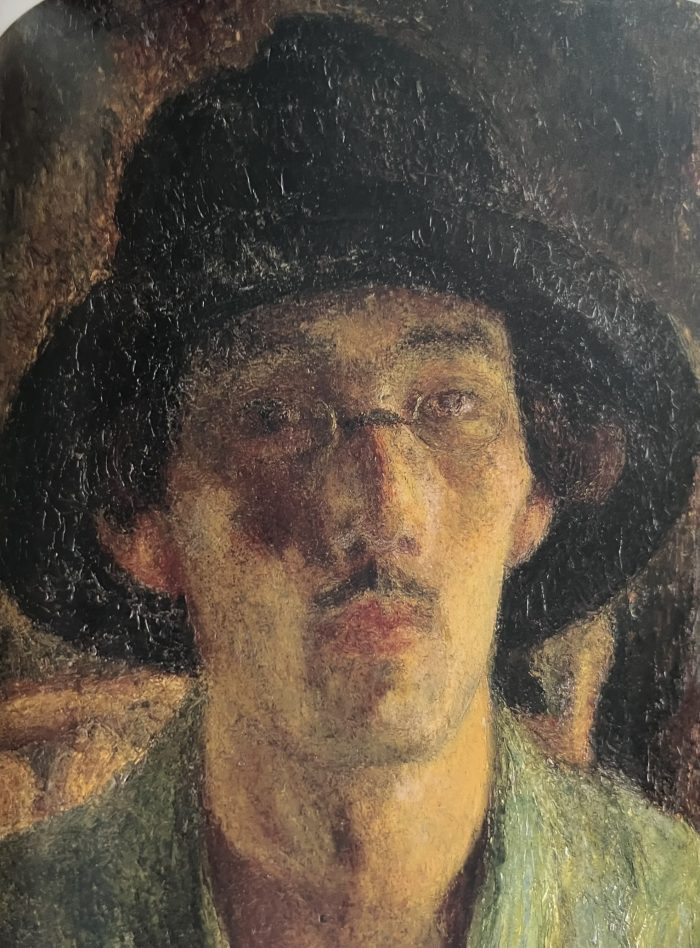
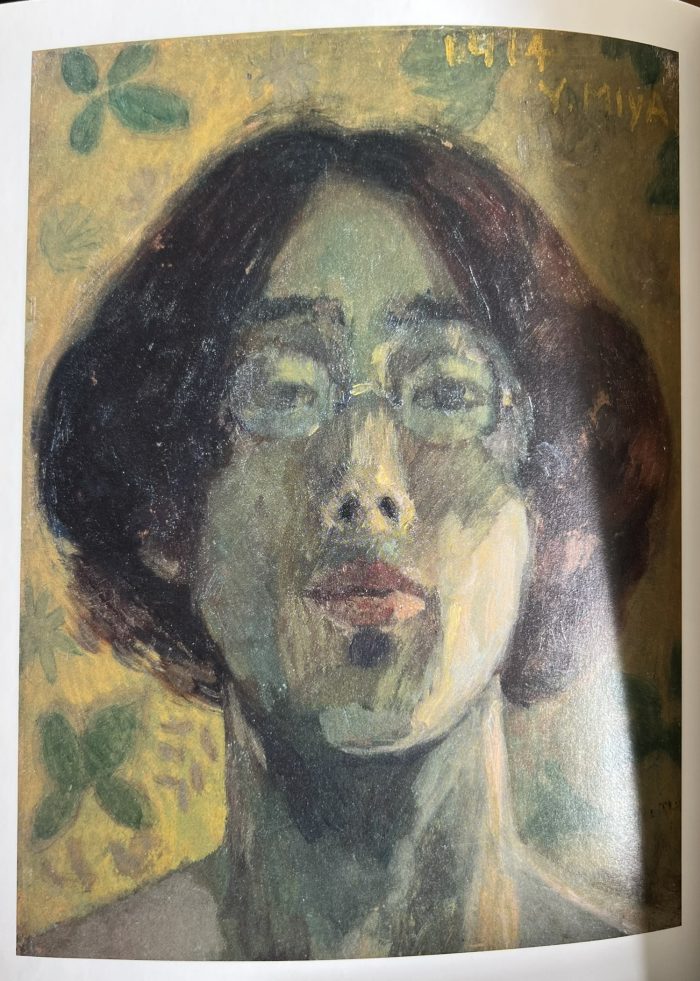
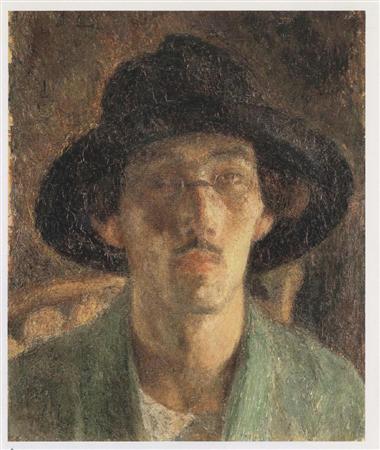
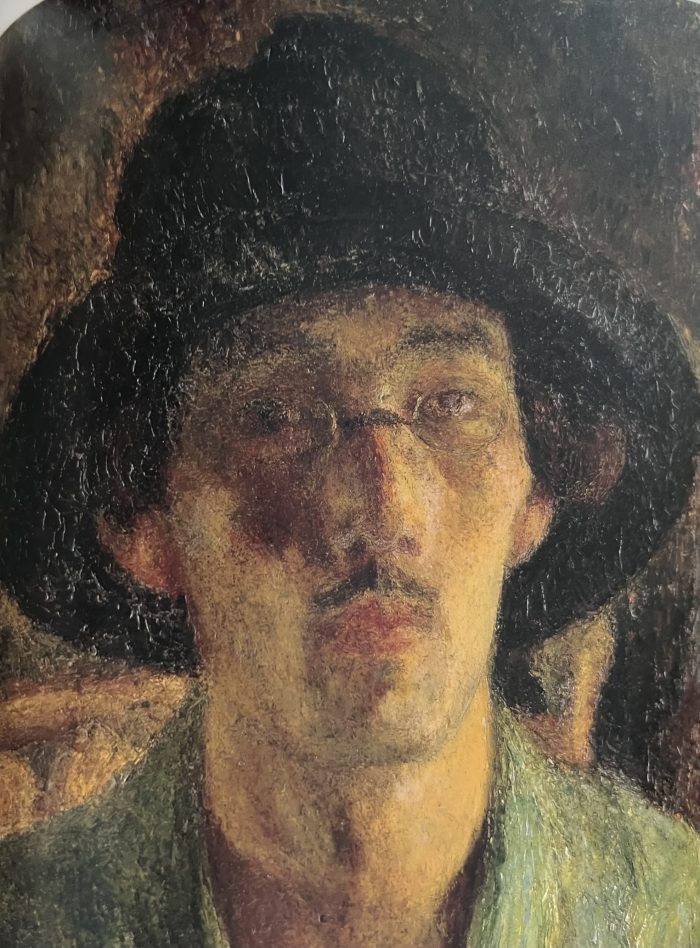
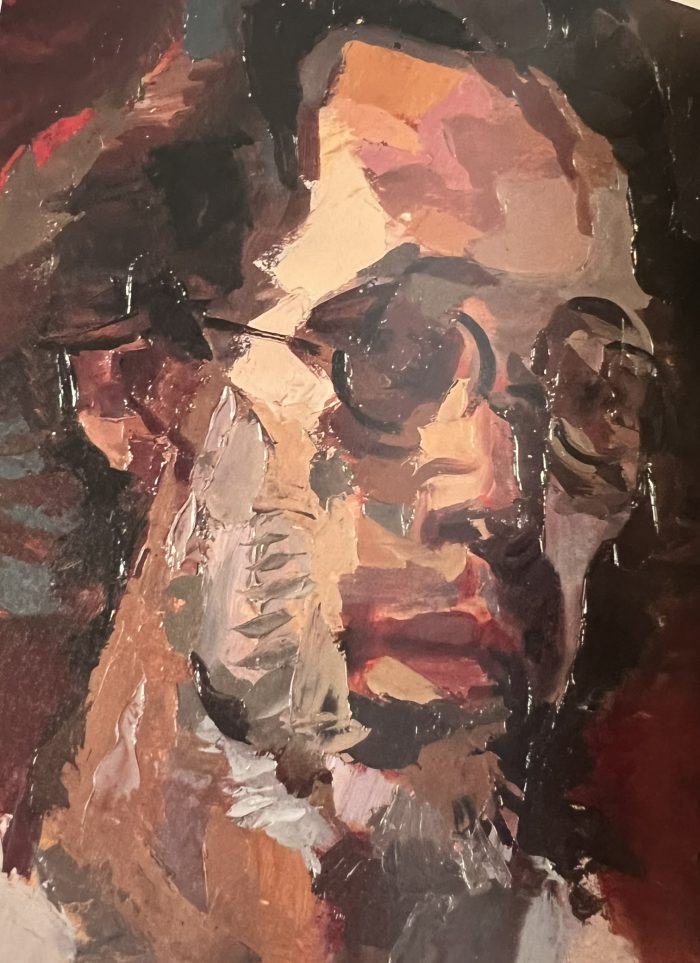
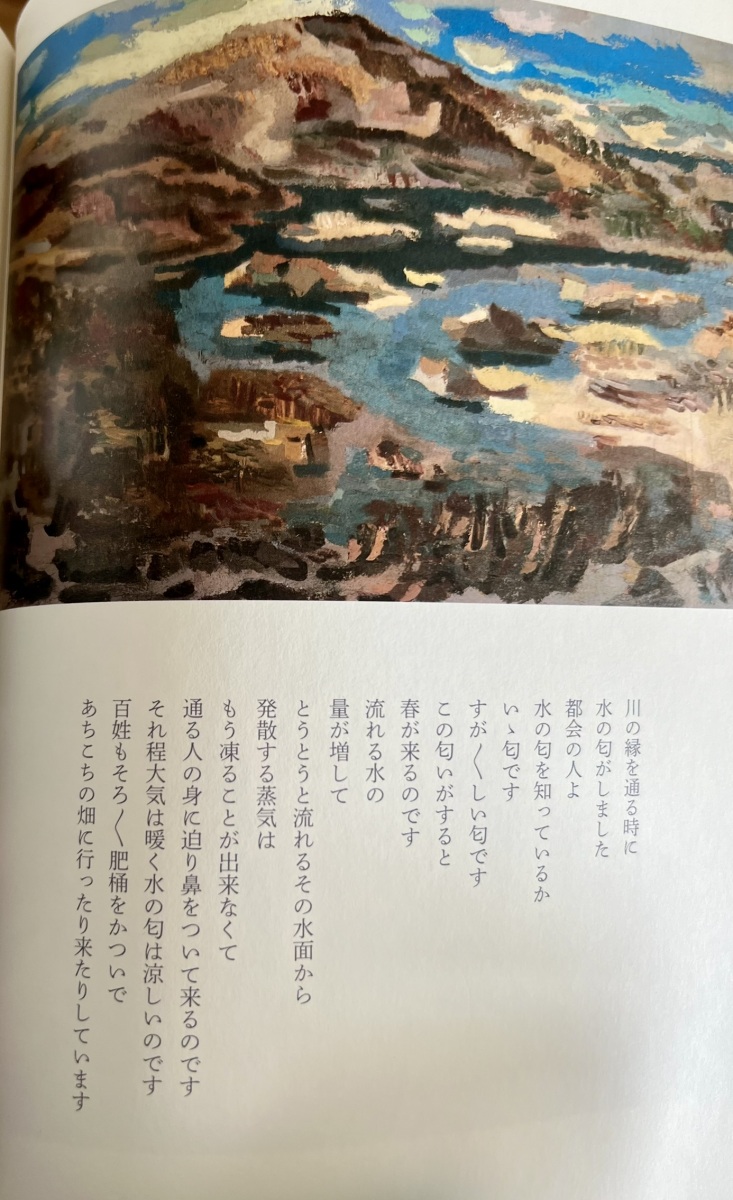
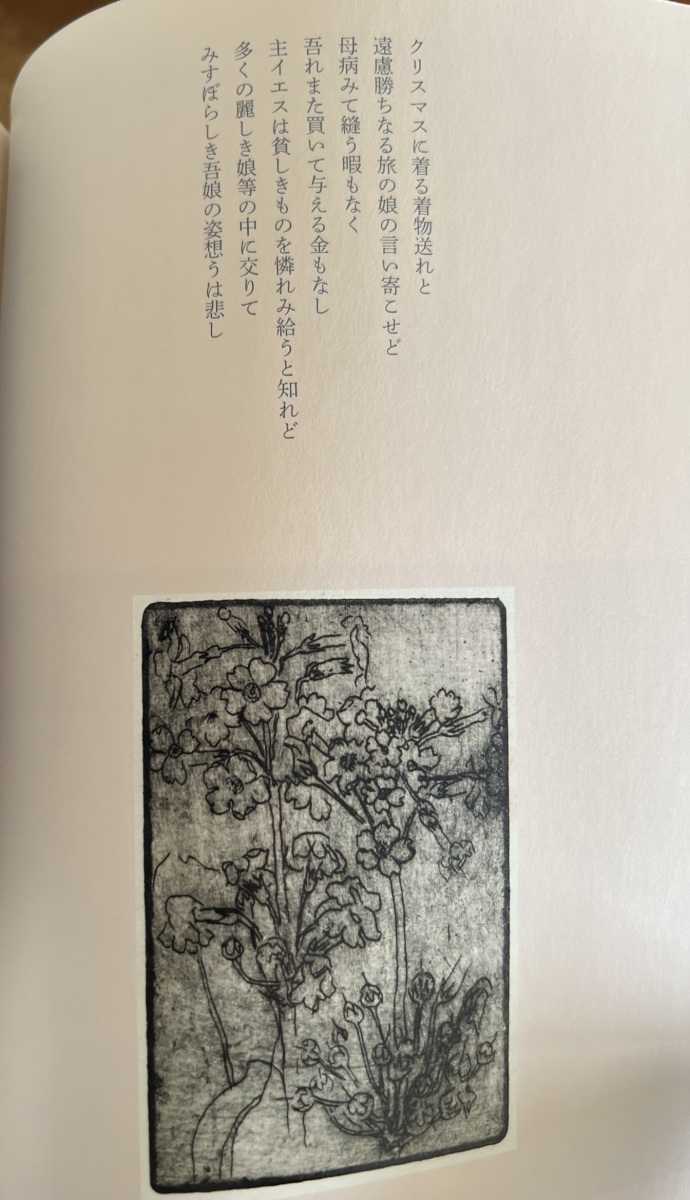
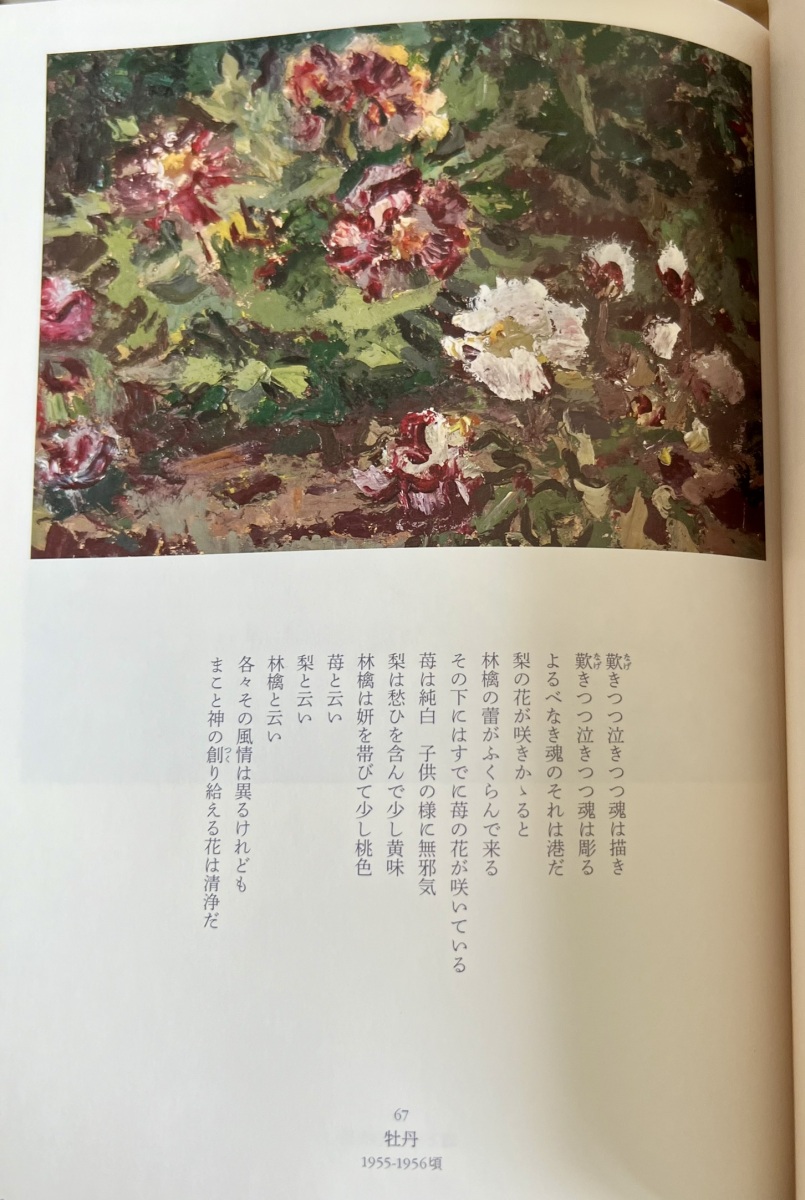
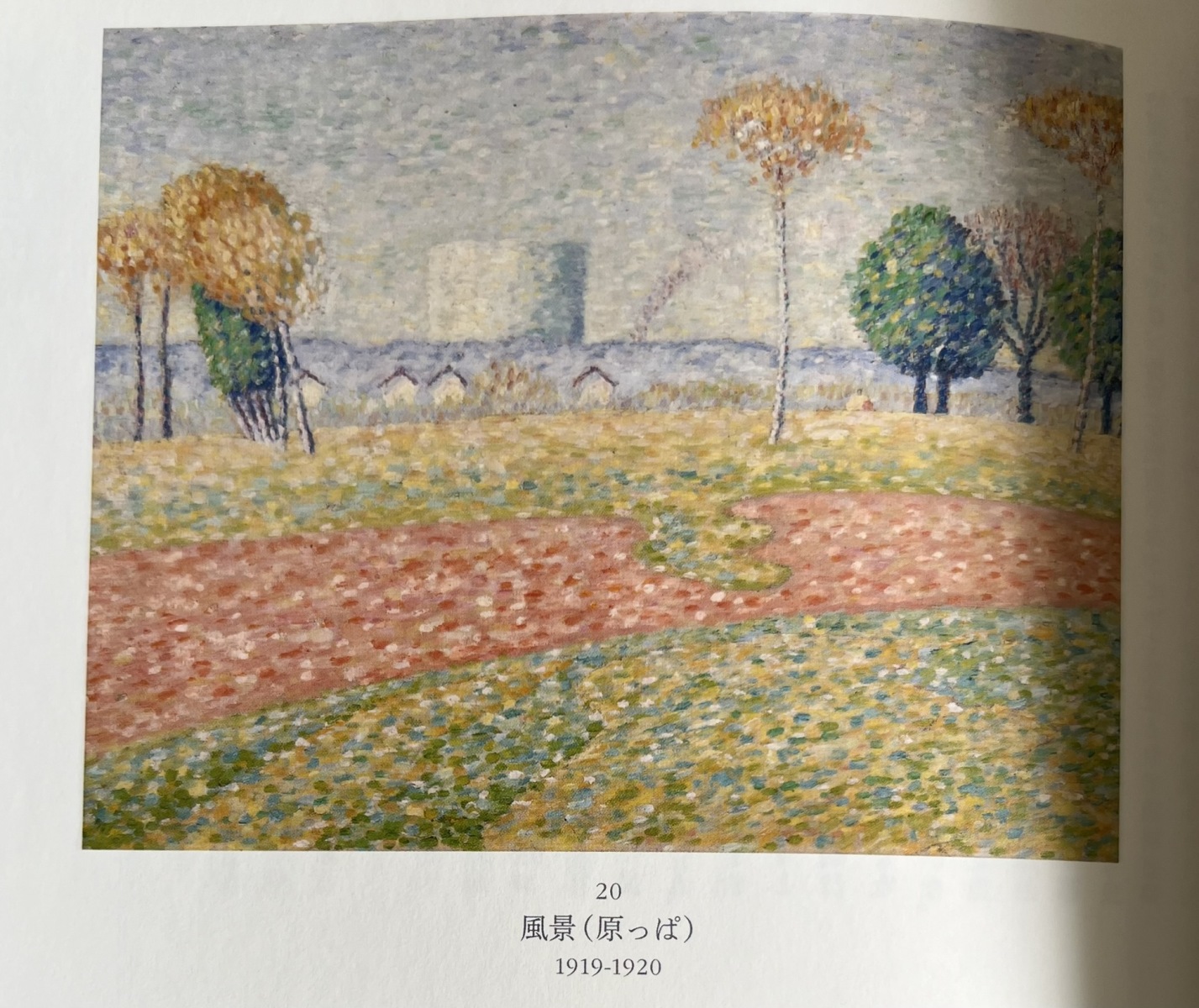
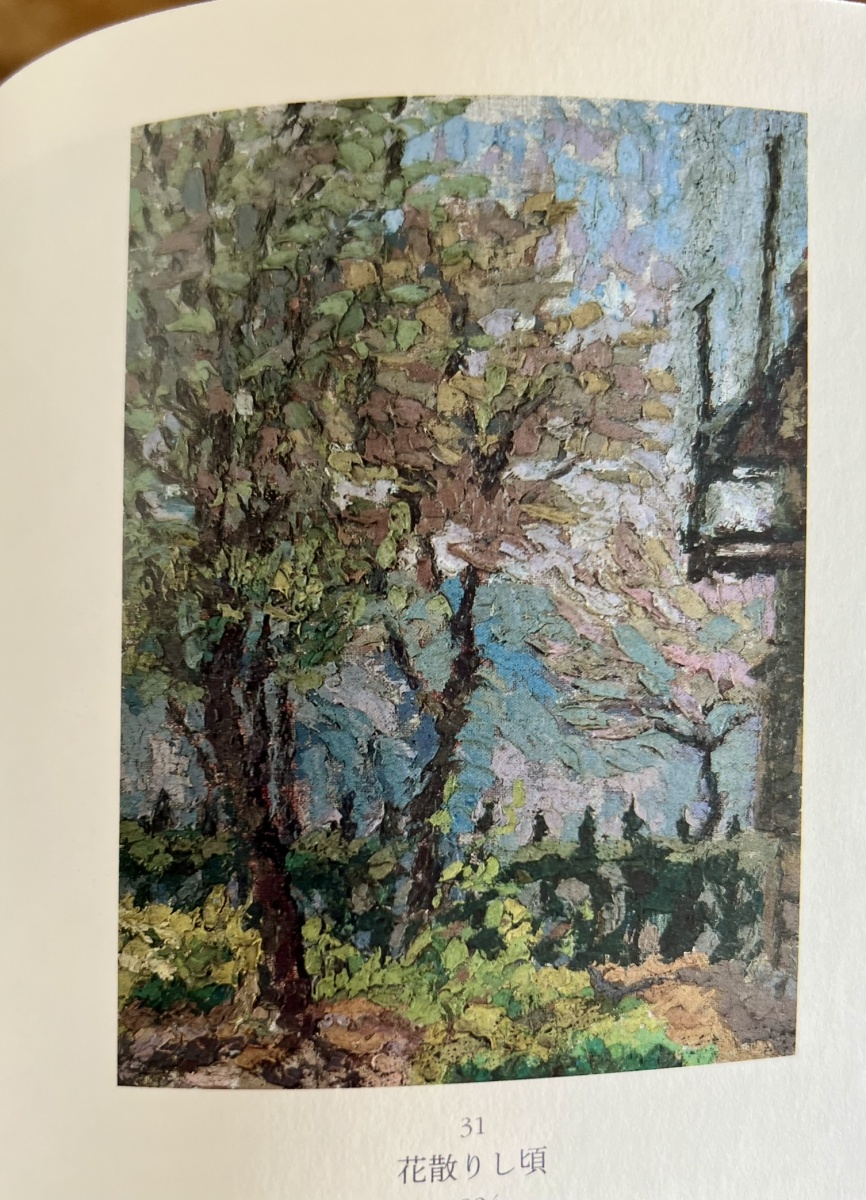
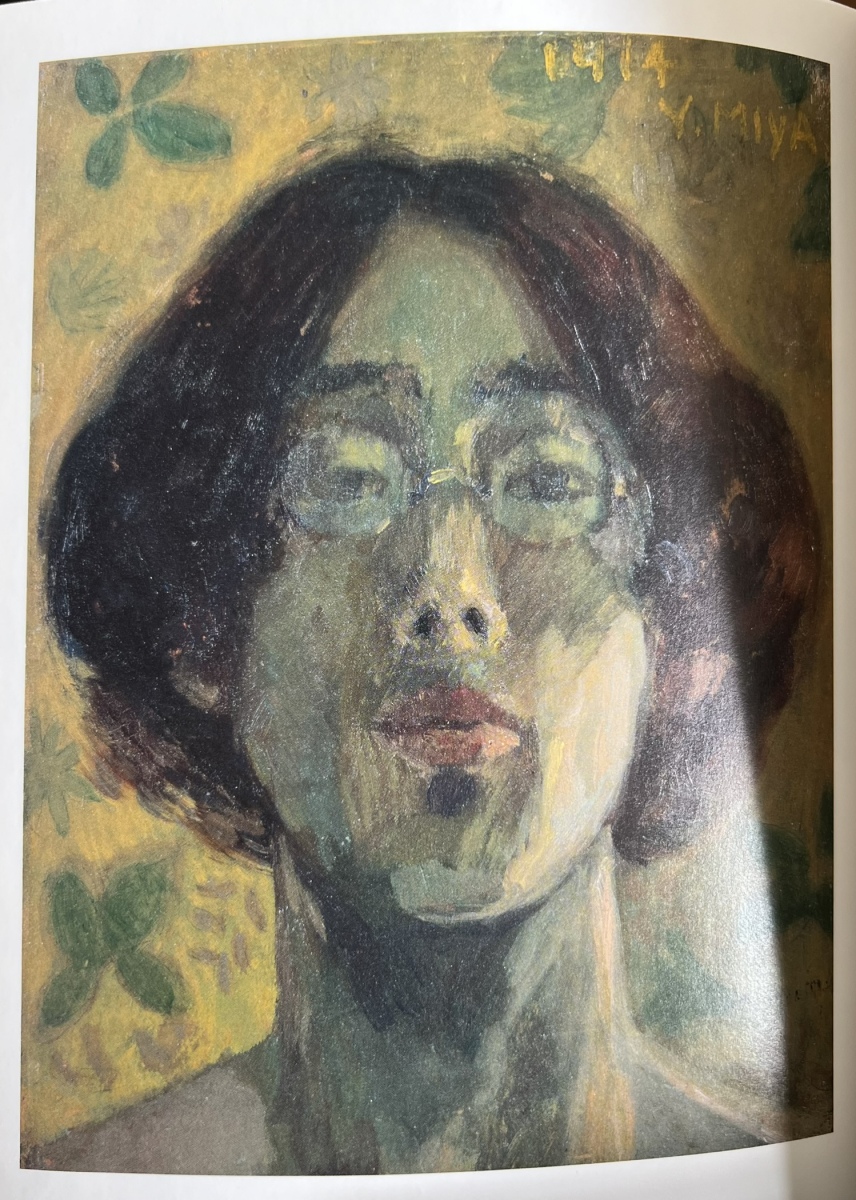
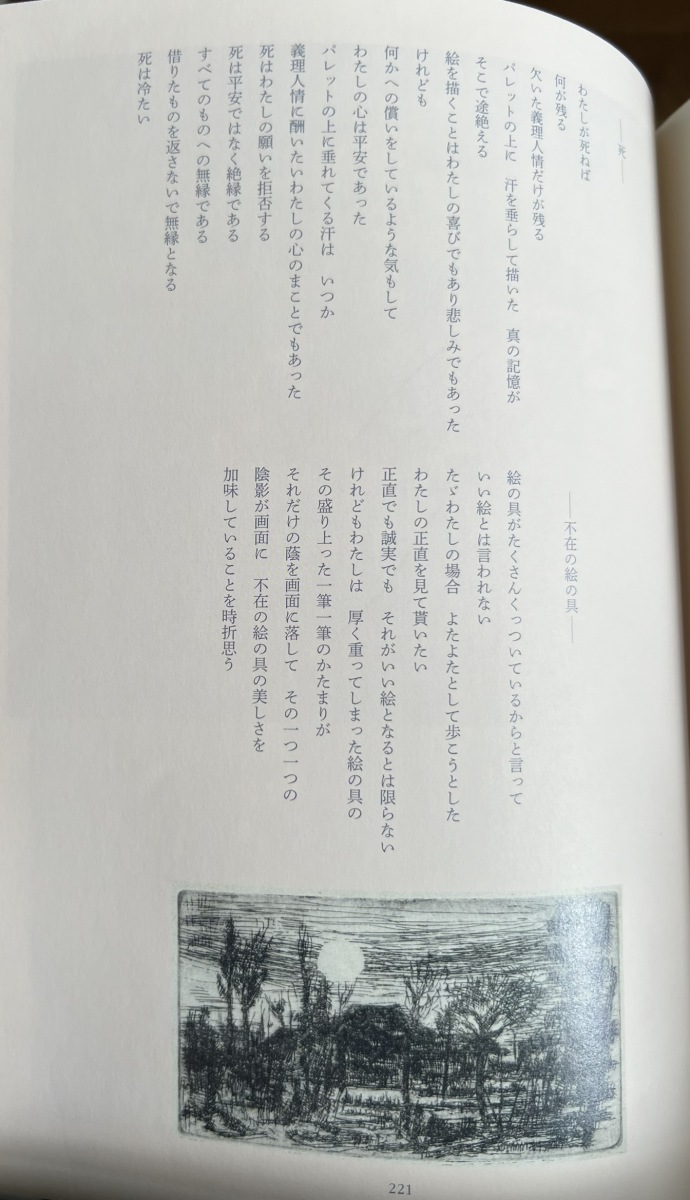
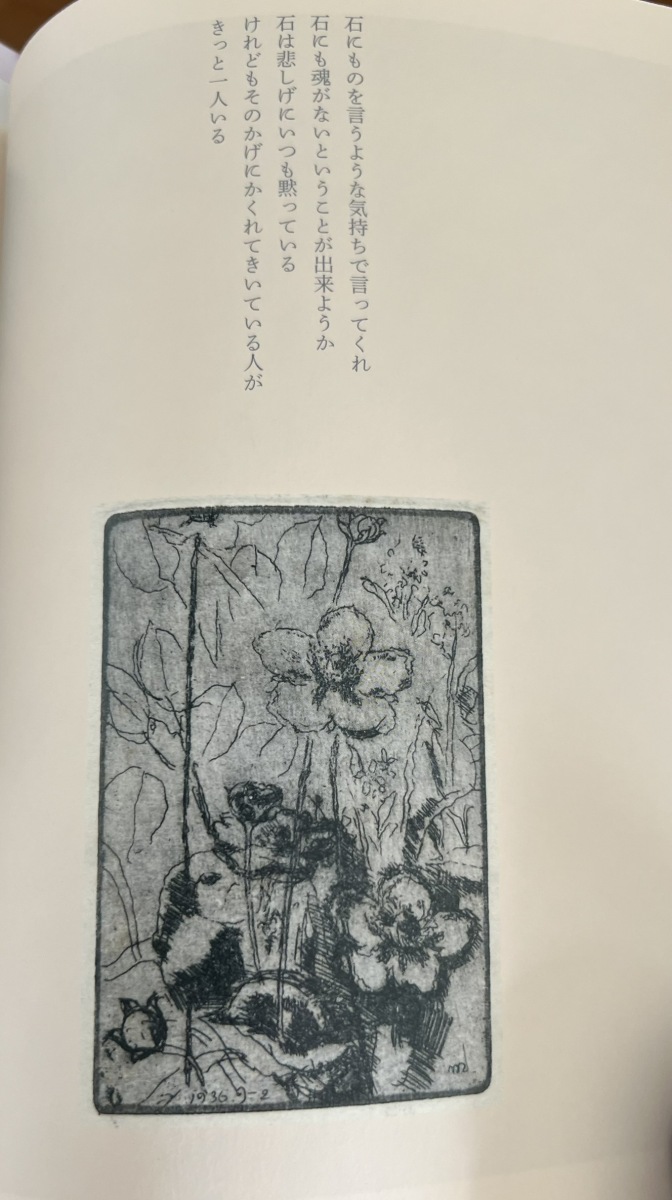
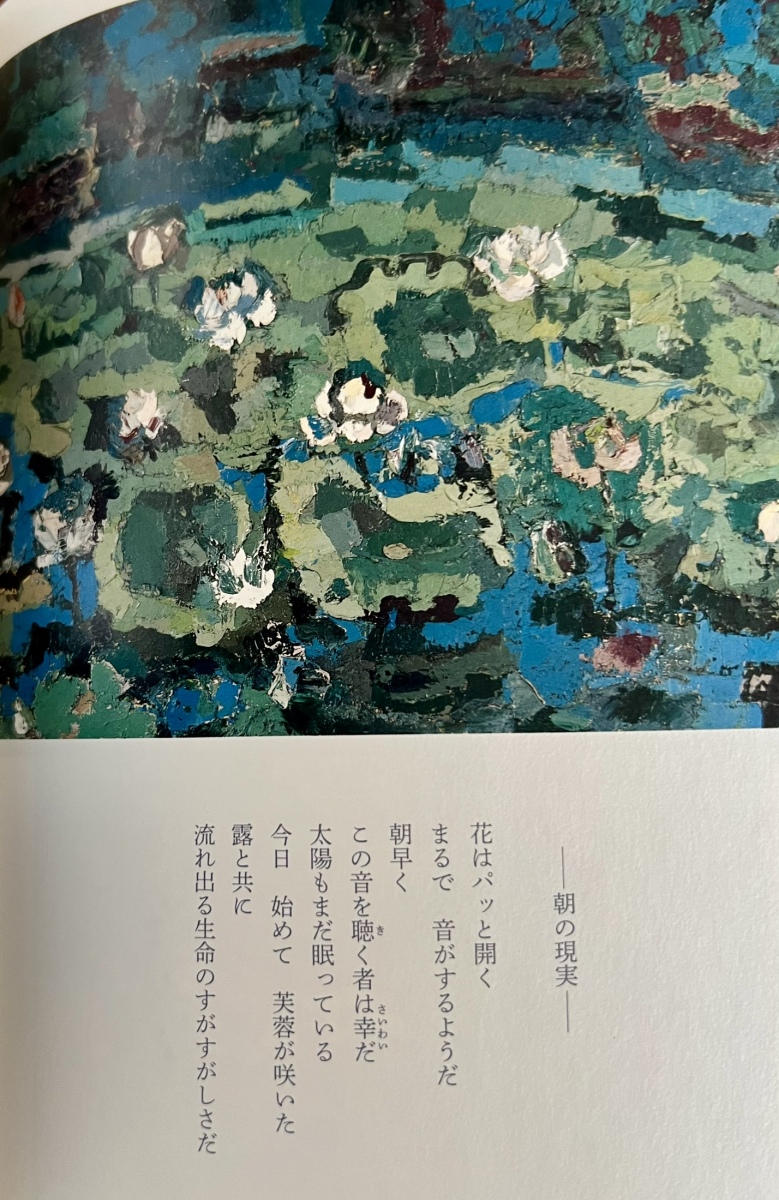
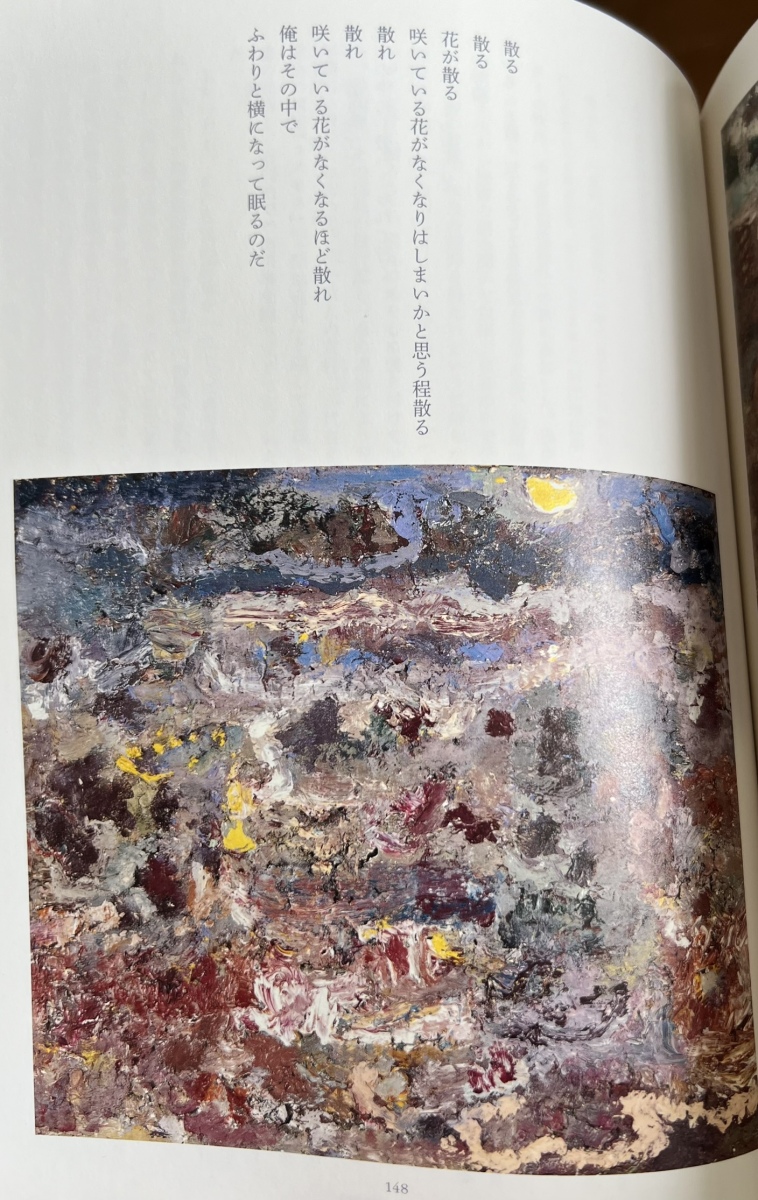
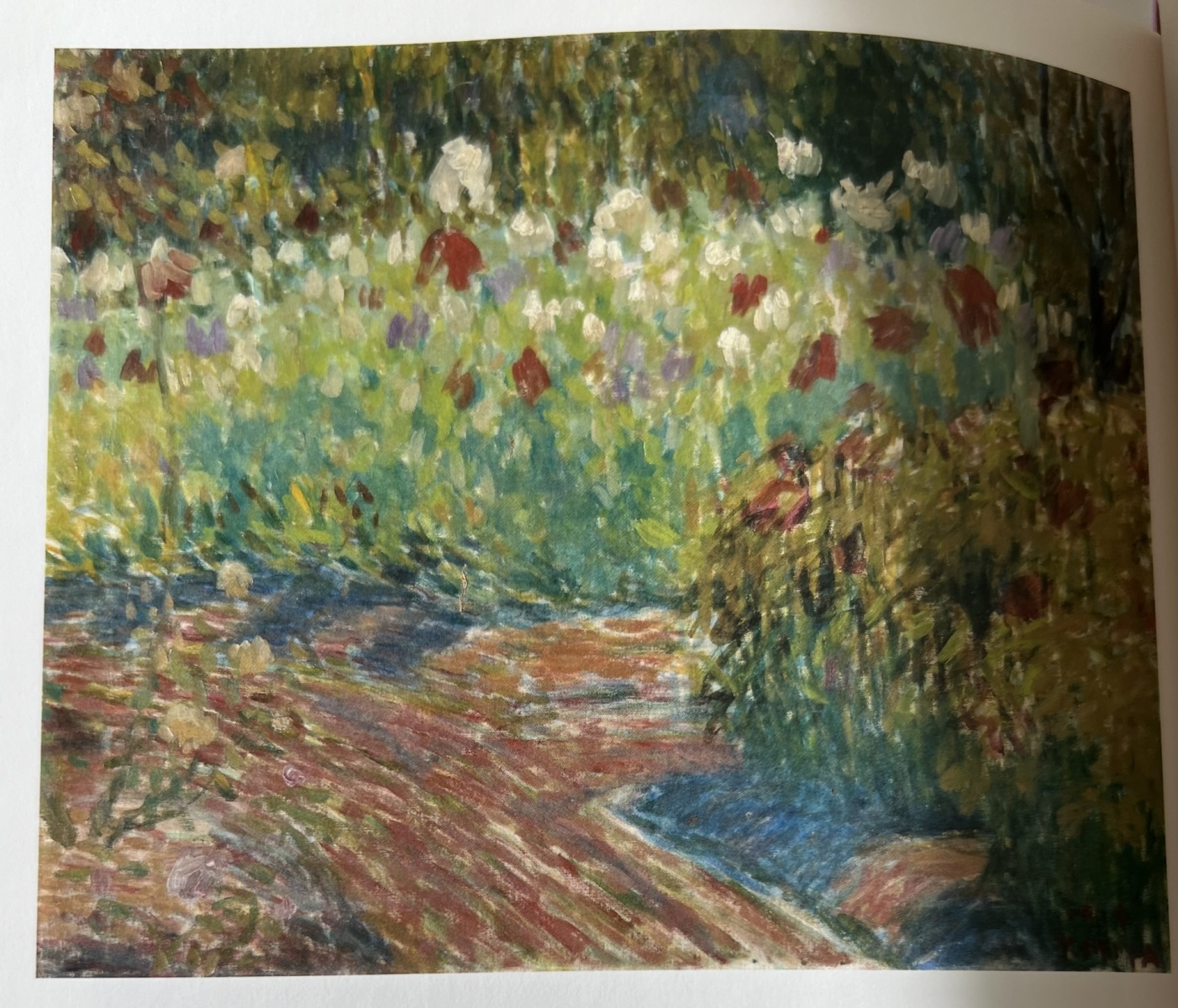
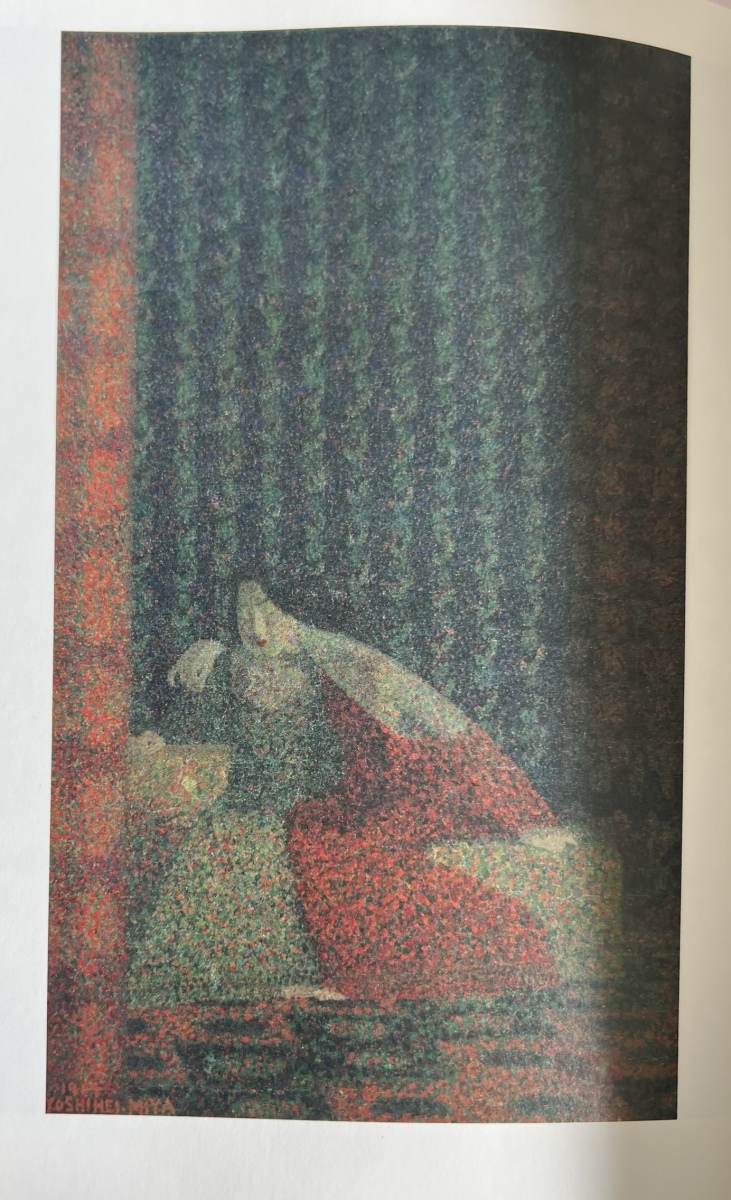
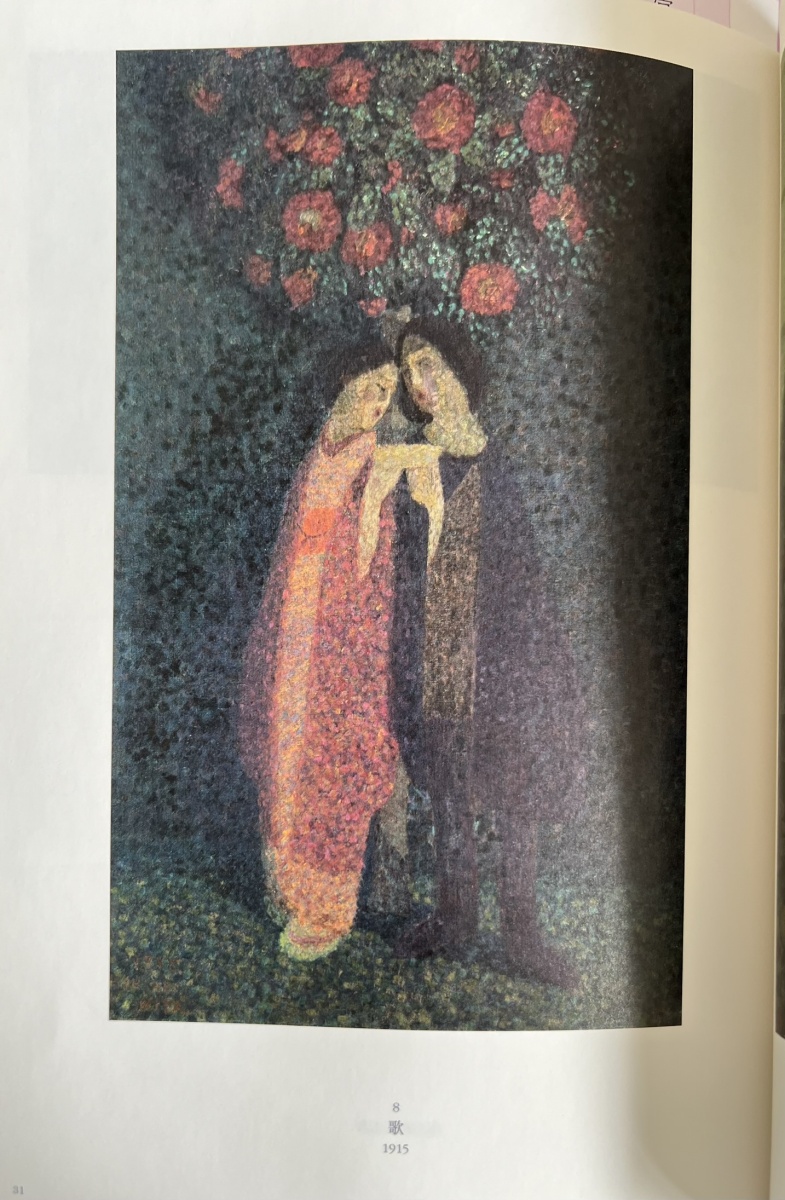
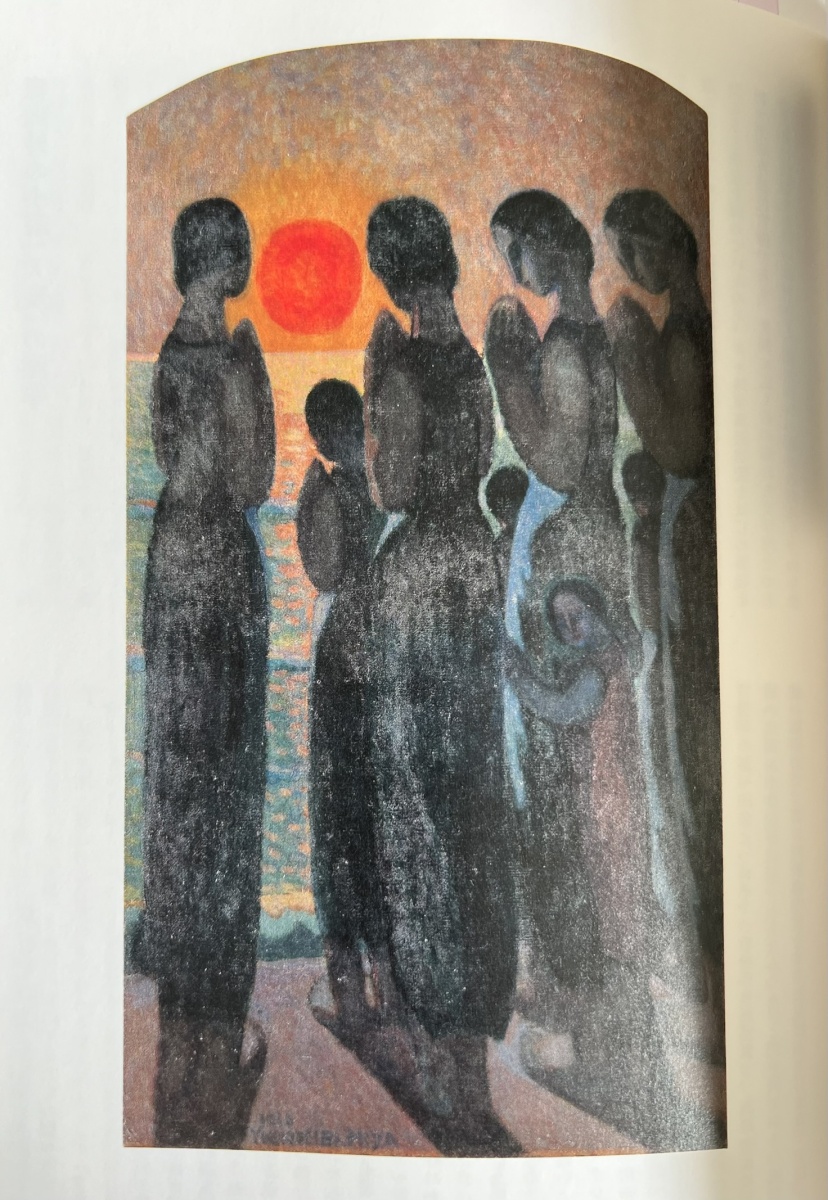
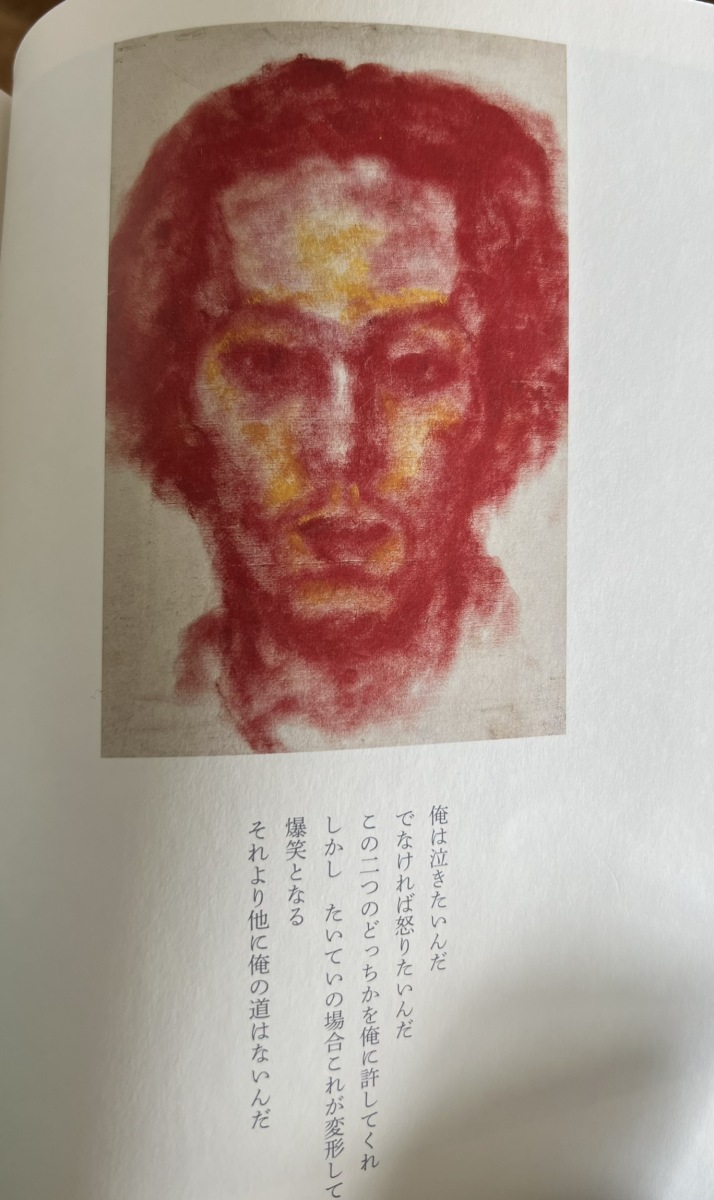
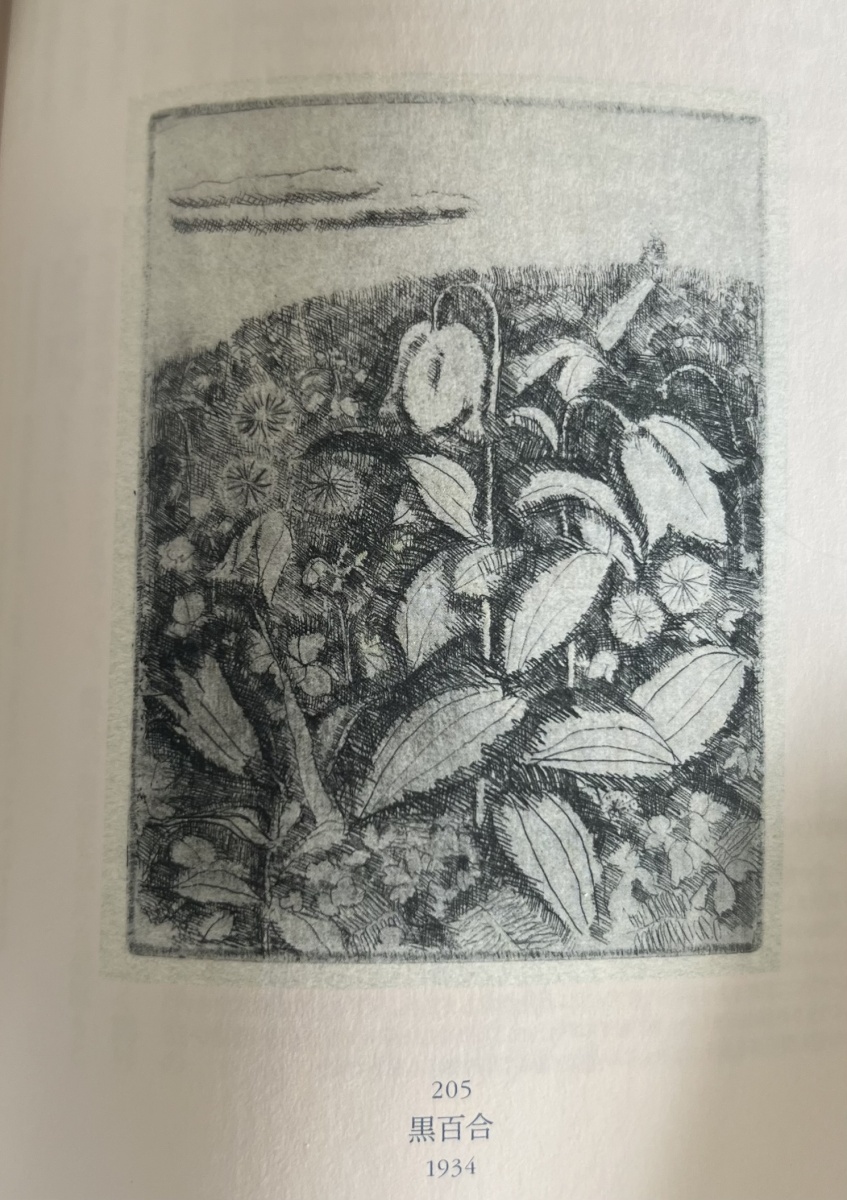
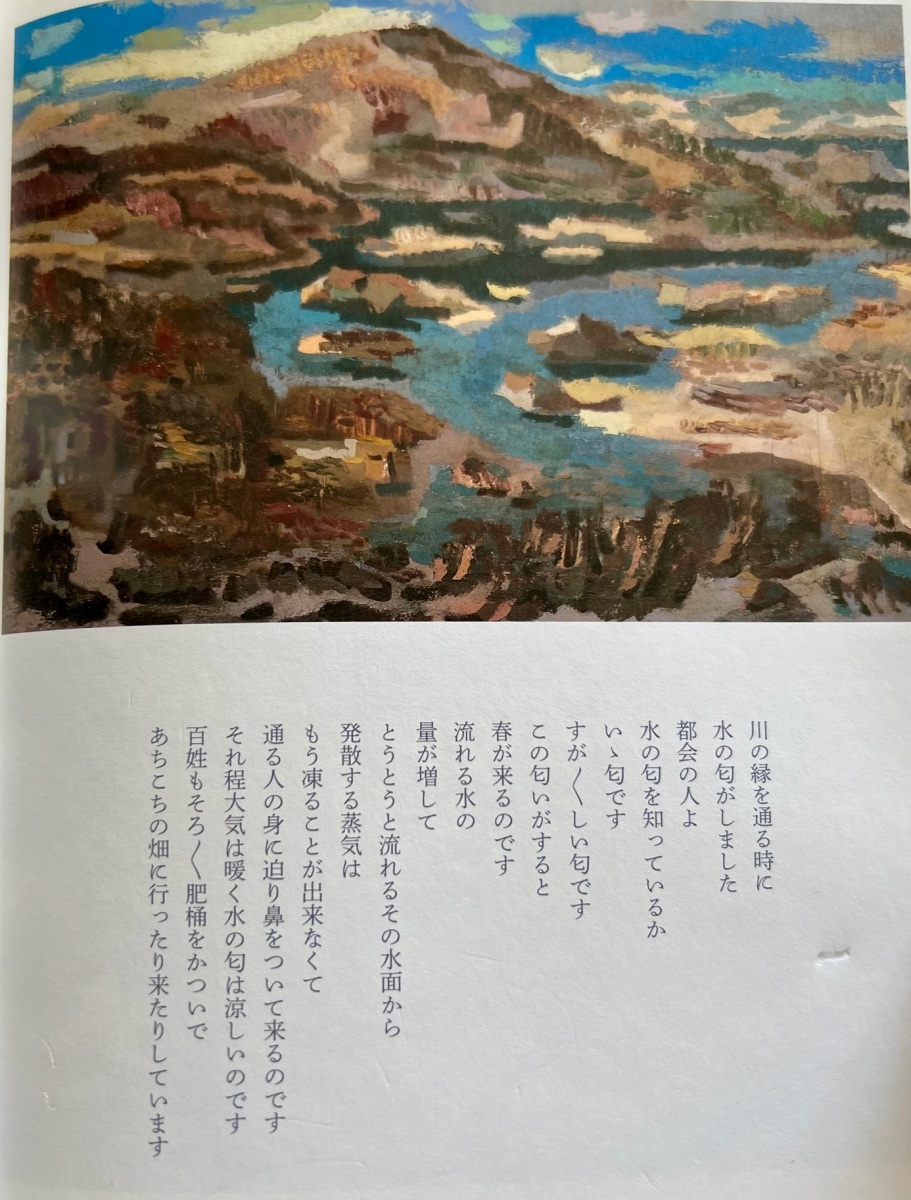
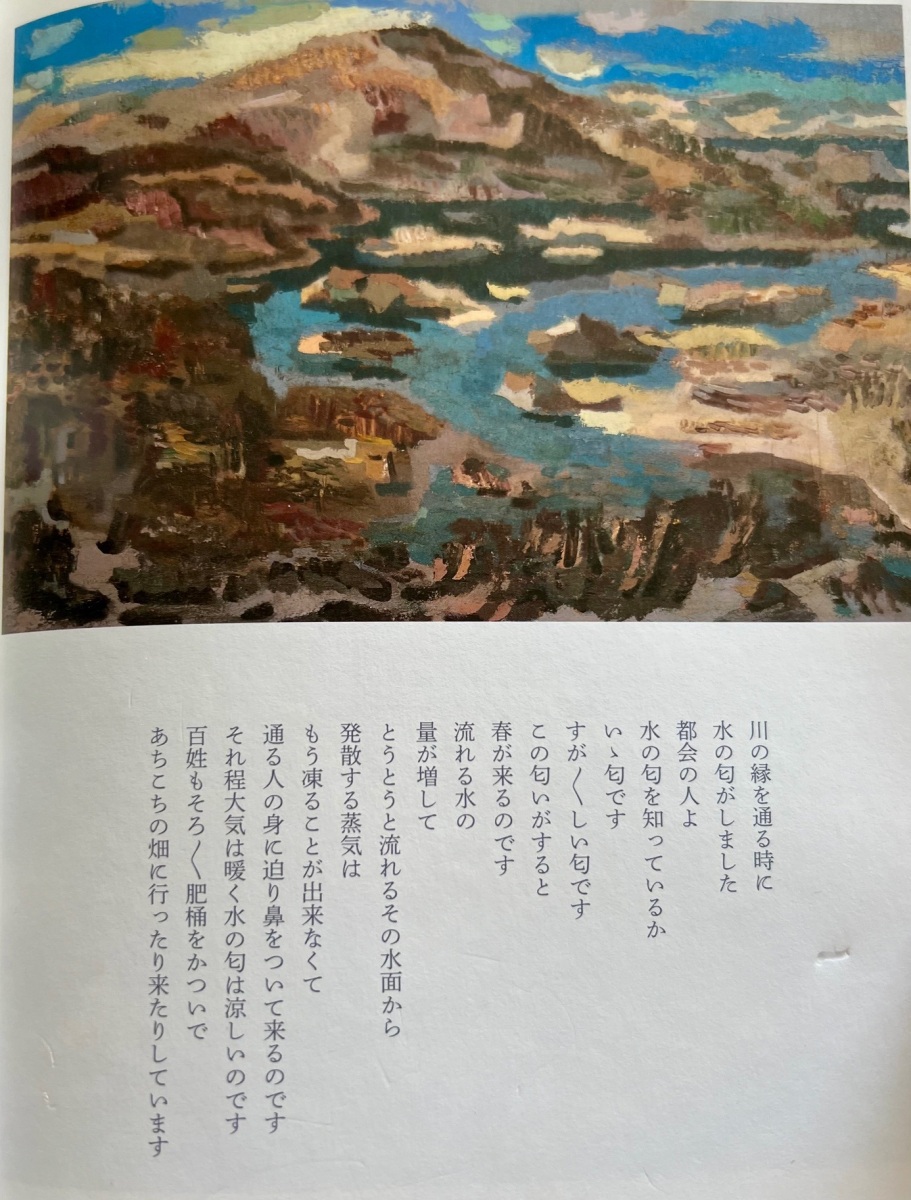



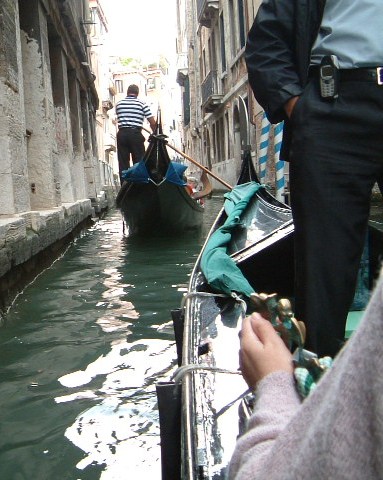


 スイセン、パンジー、ヒヤシンス
スイセン、パンジー、ヒヤシンス (・・?ここで、
(・・?ここで、